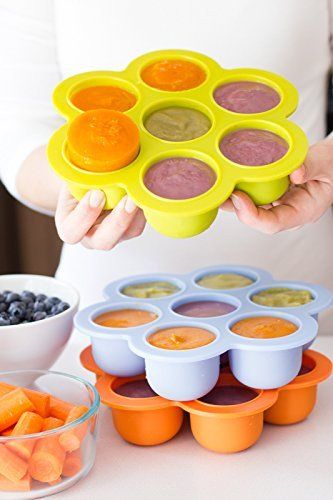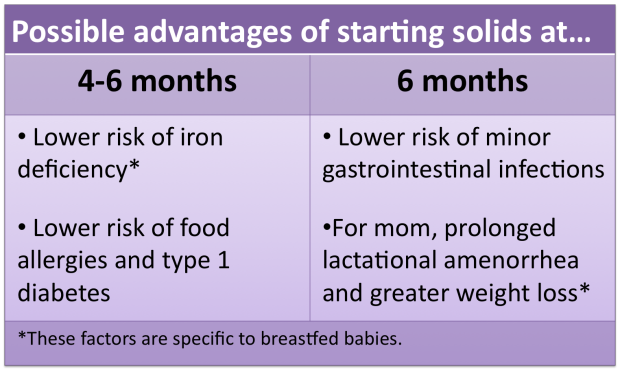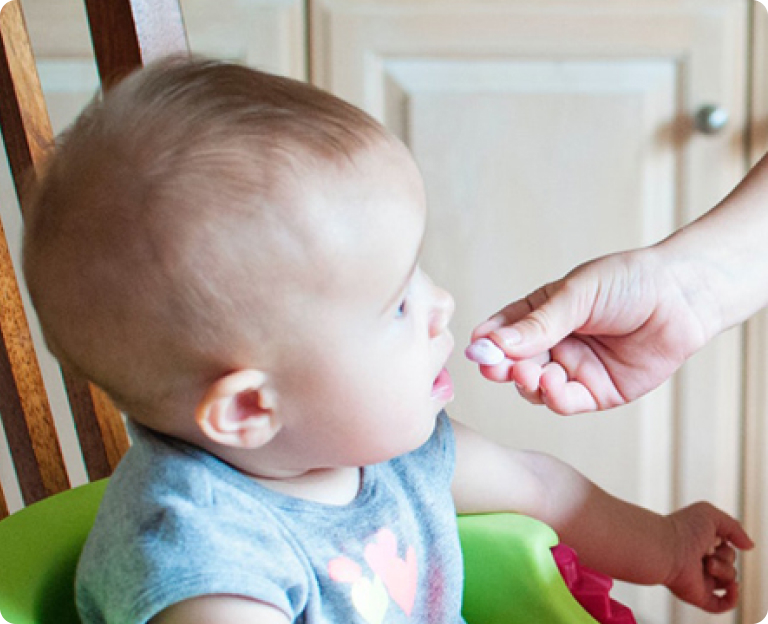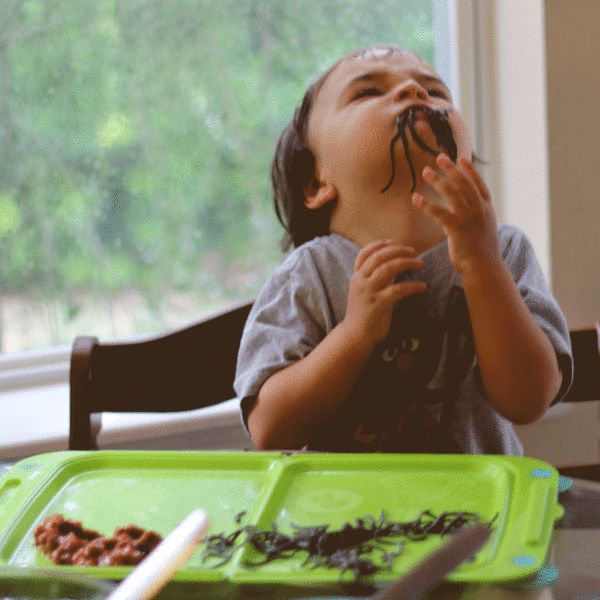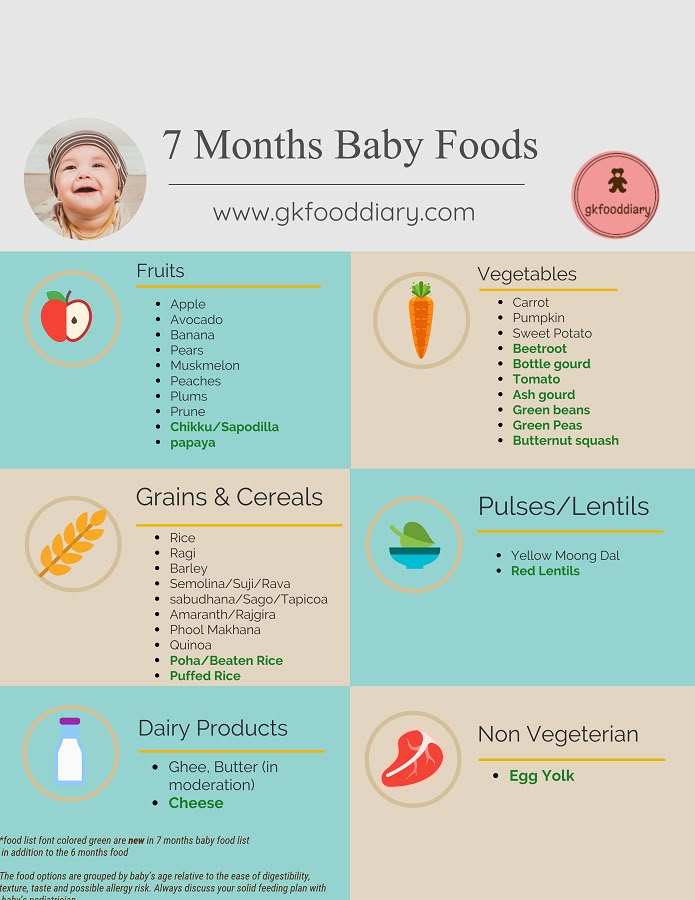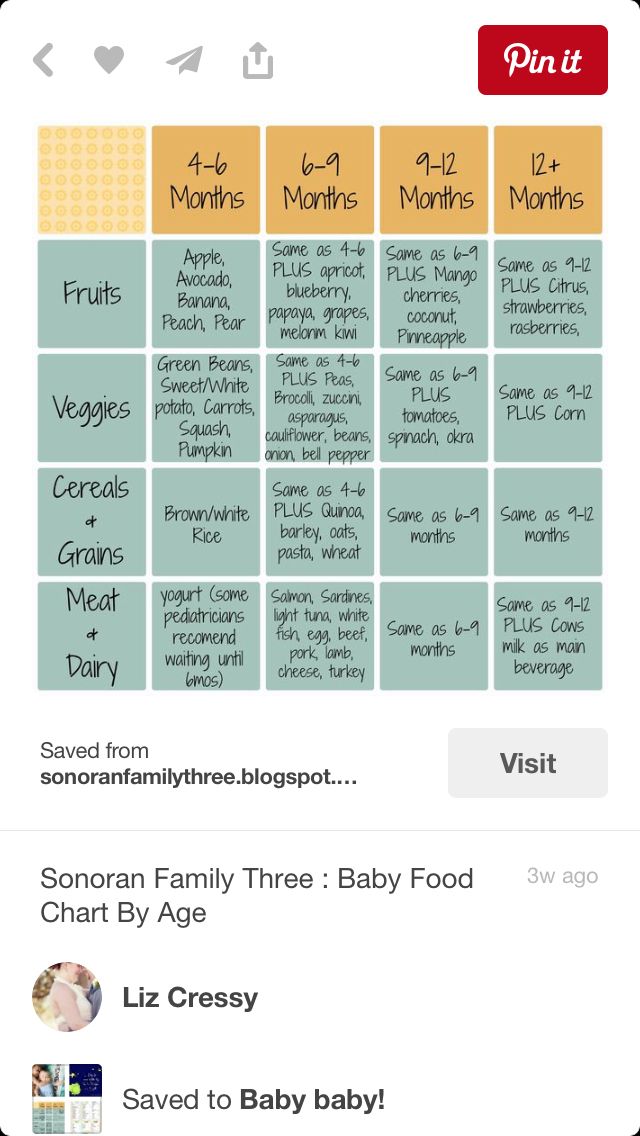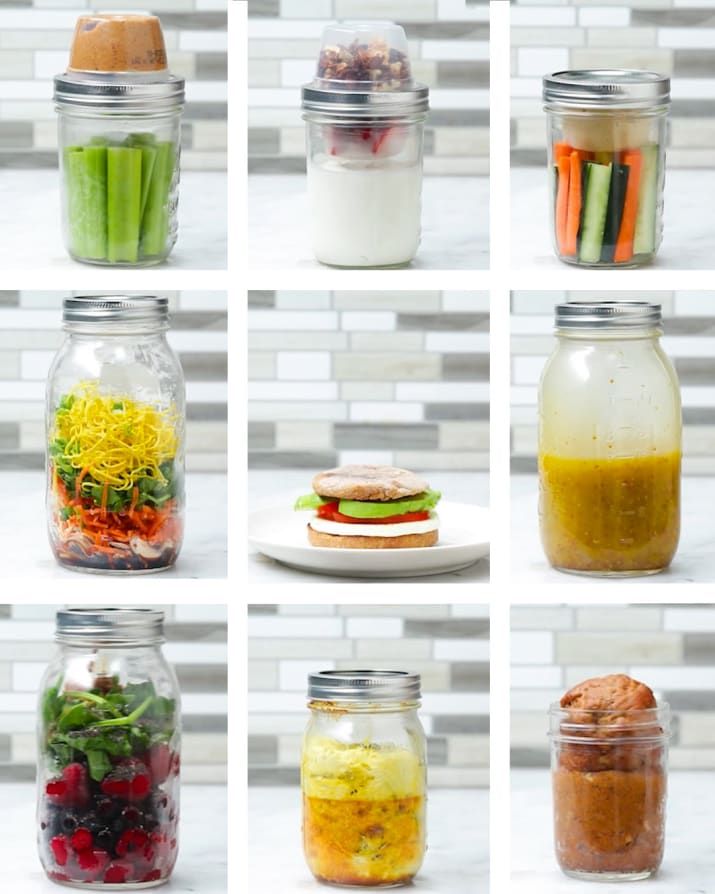Best pureed food to start baby on
The Best Baby Puree Recipes - Our 10 Favorite Purees
Just finished your 4- or 6-month well-baby checkup and got the seal of approval to start solids from your pediatrician? If you and your baby are ready for Stage 1 purees, you’re both in for an exciting adventure. There are some amazing baby puree recipes out there, with an endless variety of flavors!
When introducing solid foods to your baby, single-ingredient fruit and veggie purees are the best place to start. Also called Stage 1 baby foods, these purees are served in addition to breast milk or formula and play several important roles for your baby:
- Helping them adjust to something other than breast milk or formula
- Developing tongue control, gumming and swallowing capabilities
- Identifying any food sensitivities or allergies
- Encouraging an early acceptance of varied flavors, colors and textures
To help you and your baby get started on this important phase of discovery, here are 10 of the best first baby puree recipes—listed roughly in the order we’d recommend: first the sweeter orange veggies, then the more bitter green veggies and finally everyone’s favorite fruit. Bon appétit!
Our 10 Favorite Baby Puree Recipes
1. Carrot PureeWith a sweet taste and smooth consistency, pureed carrots are typically one of the most well-accepted first baby foods from 4–6 months of age. High in beta-carotene (which turns into vitamin A in the body), carrots help keep little eyes healthy.
Parent tip: If your baby doesn’t seem on board with the carrot puree, it may be the concept of solid food itself that’s confusing. Help your baby learn how to eat solids by giving them a chance to examine it themselves; dab some on the high chair and let them play around before offering it on a spoon.
2. Yam or Sweet Potato PureeSweet potatoes and yams are not the same, but when it comes to starting solids, they may as well be! Both are good sources of vitamin A, B6, C and E. These nutrients contribute to healthy eyesight and immune system function.
Parent tip: Yams and sweet potatoes are great to prepare in bulk. Simply set your oven to 450°F, pierce each sweet potato a few times with a fork and place in the oven on a baking sheet lined with aluminum foil for approximately 50 minutes. When you take them out, the skin will peel right off, and the insides will be perfectly mashable! To extend the life of your mash or puree, batch some out and put it in the freezer. When you’re ready to use it, simply place in the fridge overnight, and you’ll have perfect puree by morning.
Simply set your oven to 450°F, pierce each sweet potato a few times with a fork and place in the oven on a baking sheet lined with aluminum foil for approximately 50 minutes. When you take them out, the skin will peel right off, and the insides will be perfectly mashable! To extend the life of your mash or puree, batch some out and put it in the freezer. When you’re ready to use it, simply place in the fridge overnight, and you’ll have perfect puree by morning.
Butternut squash and acorn squash are packed with folate, calcium and vitamin A, an antioxidant that aids with vision and fights free radicals. Plus, their sweet taste and smooth texture make them an instant favorite for many babies!
Parent tip: You can make raw squash easier to cut by microwaving the entire squash on high for about 2 minutes. The skin and flesh will be much smoother, allowing you to smoothly slice through. Then scoop out the seeds and roast or boil before pureeing.
In terms of green veggies, peas are one of the best first baby purees to start with, as they provide interesting texture and taste but aren’t bitter. Peas are also high in vitamin A, vitamin C, vitamin K and protein, making them a great source of many important nutrients for your baby’s early development.
Parent tip: Because they’re such a starchy vegetable, even pureed peas may be too densely textured for very young babies. If your baby is having trouble with the thickness of the puree, use breast milk, formula or water to thin it out.
5. Green Bean PureeAnother hit with babies, green beans are a good source of vitamin K, vitamin C and manganese, which play an important role in a healthy immune system, eyesight, blood clotting and bone development.
Parent tip: If you’re pureeing your own green beans, we recommend straining the puree after blending to extract any fibrous parts. The best first baby purees should be soupy enough to drip off a spoon, but thicker than liquid.
Avocados are rich in a variety of nutrients including fiber, vitamin K, folate and vitamin B6. This creamy green fruit is also packed with heart-healthy fats, which are helpful to your baby’s brain and nervous system development.
Parent tip: Look for ripe avocados that are soft to the touch and easy to mash. To see whether an avocado is ripe, check the nubby stem; if it wiggles, the fruit is probably ready to eat! Keep ripe avocados in the refrigerator so they last longer. Once the puree is made, we recommend feeding it to your baby right away to avoid browning and to offer the freshest experience.
7. Apple PureeApples’ sweet flavor makes them another well-accepted option for first baby foods from 4–6 months of age. Along with dietary fiber for digestive health, apples serve up vitamin C, which is known to help fight free radicals.
Parent tip: For an apple puree that your baby will love, try sweeter, smoother varieties such as Pink Lady, Gala or Golden Delicious. Any apple that bakes well, such as Granny Smith or Fuji, is also a good choice.
Any apple that bakes well, such as Granny Smith or Fuji, is also a good choice.
Like apples, pears also contain dietary fiber and antioxidant vitamin C, helping to support a healthy immune system for your growing baby. Although our favorite is Anjou, babies love the sweet flavor of all kinds of pears!
Parent tip: To introduce a little variety without any added salt, sugar or seasoning, try mixing up how you cook the pears before pureeing. Start with a simple steam or boil and then move onto the richer, more caramelized flavor of baking or roasting.
9. Plantain or Banana PureeThe mild flavor of bananas and plantains is appealing to most babies, and the texture is easy to manipulate. Both of these fruits offer a variety of nutrients, including fiber for healthy digestion, potassium for blood function and antioxidant vitamin C.
Parent tip: Make your own easy banana puree by peeling, slicing and then mashing the fruit with a fork.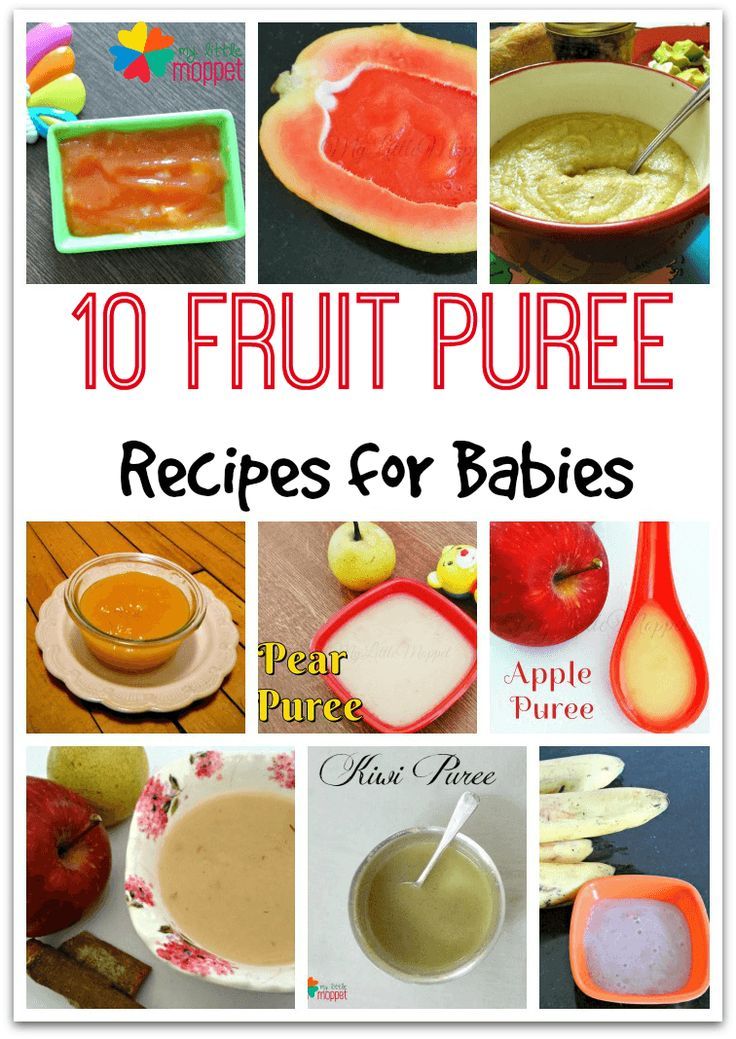 For a thinner consistency, toss the banana in a food processor and add water, formula or breast milk as necessary.
For a thinner consistency, toss the banana in a food processor and add water, formula or breast milk as necessary.
Boasting plenty of vitamins C and A, peaches are delightfully sweet and another one of the best first baby foods. Their bright yellow-orange color is complemented by powerful antioxidants along with a healthy serving of fiber to aid in your baby’s digestion.
Parent tip: Boil peaches for about 45 seconds to soften before blending. If the peaches are ripe enough, you can skip the boiling and the blender altogether and use a fork or potato masher instead.
Give These Baby Puree Recipes a Try!
It may take some time for your little one to first accept and then enjoy the new flavors of these Stage 1 baby puree recipes, but don’t fret! Enjoy the process and be sure to give your baby multiple opportunities to explore the same puree.
Another reason that we love these fruits and veggies? In addition to being some of the best first baby purees, they’re also perfect for layering with new flavors, textures and spices/seasonings as your baby transitions from Stage 1 to Stage 2 baby foods.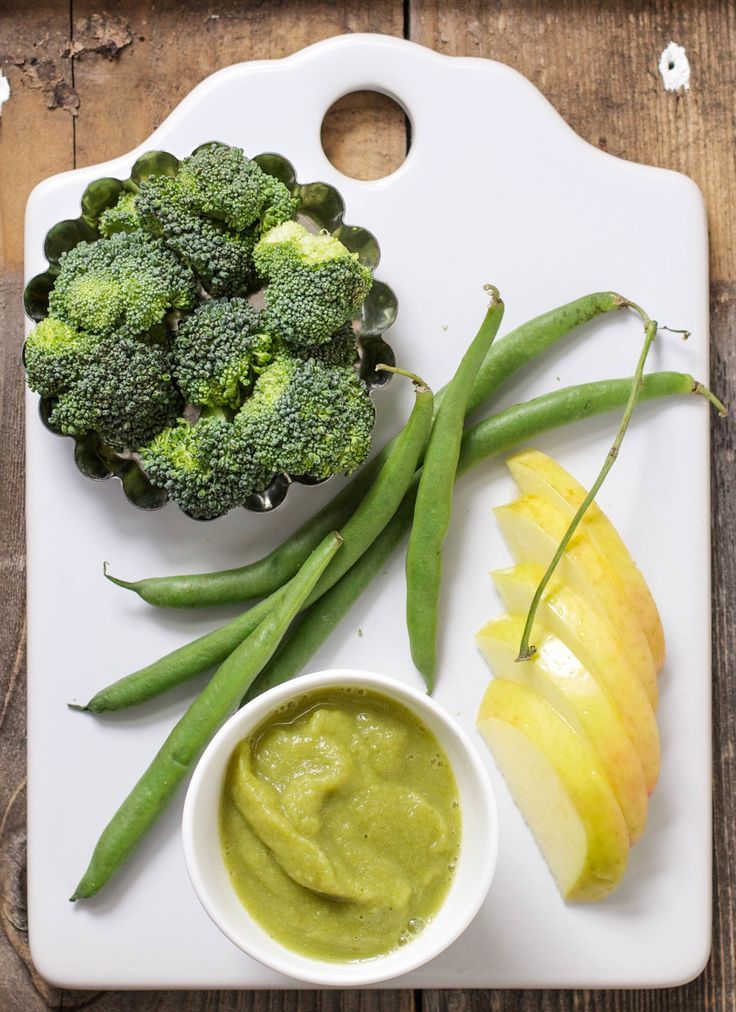 By laying a foundation of well-accepted flavors, you’ll have fun moving onto more exciting combinations of fruits, veggies, grains and proteins.
By laying a foundation of well-accepted flavors, you’ll have fun moving onto more exciting combinations of fruits, veggies, grains and proteins.
If you have questions about feeding your baby, please reach out to Nurture Life’s child nutrition team at [email protected].
15 Stage One Baby Food Purees (4-6 Months)
Home » Feeding Style » Baby Food Purees » Stage One » 15 Stage One Baby Food Purees
These 15 Stage One Baby Food Recipes will tempt your baby’s taste buds! These simple, homemade baby food recipes are made with nutrient-dense fruits and vegetables with an added pinch of spice that makes these purees out-of-this-world delicious! They’re great for babies 4-6+ months of age!
Medically reviewed and co-written by Jamie Johnson, Registered Dietitian Nutritionist (RDN), and Lauren Braaten, Pediatric Occupational Therapist (OT).
Stage One Baby Food PureesAre you looking to make your baby homemade purees, but don’t know where to start? Does the process intimidate you?
Then you have come to the right place! Here you will find 15 of my all-time favorite starter baby food purees that have been viewed (and made) millions of times by my readers and combined have over 400 5-star reviews!
I would also like to personally welcome you to the wonderful world of baby food, this is a fun (and yummy) club to be in.
Does your baby’s first bite need to be boring?
Of course not!
Baby’s food can (and should be) delicious from the very start!
While it may seem daunting at first, making your own baby food is super easy once you get the hang of it.
And I’m here to walk you through it every step of the way.
First time making homemade baby food? Then I suggest you start this journey by reading my in-depth Guide on How to Make Homemade Baby Food. The detailed guide goes over all the important information such as the best cooking tools to have on hand, safe storage, how to know when baby is ready for solids, how to introduce purees, the best first foods for baby, and so much more! You can also check out my best-selling cookbook for even more information and recipes!
15 Stage One Baby Puree Video
While the recipes themselves are simple, in this video I will show you how to add in a pinch of cinnamon, rosemary, curry, or mint to quickly roasted or steamed fruits and vegetables that enhance their natural flavors.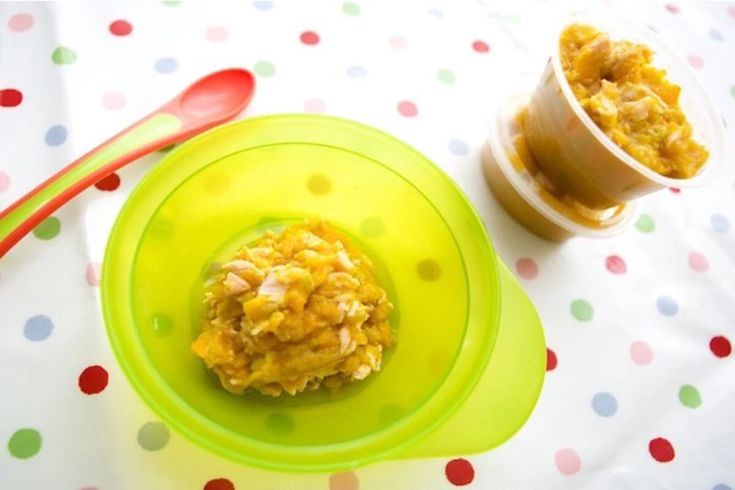 In other words, these are simple purees that I am pretty sure you will want to eat as well!
In other words, these are simple purees that I am pretty sure you will want to eat as well!
What is In Each Puree Recipe
After going through this guide, you will want to check out some (or all!) of the homemade baby food recipes below. Each recipe goes into detail about the:
- produce that is in the puree
- benefits of that produce for your baby
- recipe cooking options
- detailed photos and videos with step-by-step instructions
Reminder: The homemade baby food recipes below are made for babies that want to try the most delicious food from the very first bite! 😋
Helpful ToolsLet’s start with a few of my favorite kitchen essentials to make the best homemade baby food purees! These kitchen tools will help make the process of cooking, blending, and freezing baby food hassle-free. You can find a full list of my favorite baby and toddler food making tools in my online Shop.
- Blender or Food Processor
- Freezer Storage Tray
- Fridge Storage Containers
- Stasher Bag
- Baking Sheet
- Steamer Basket
- Medium Saucepan
- Reusable Pouches
- High Chair
- Suction Bowl and Spoon Set
- Bib with Food Catcher
Learning Resources: looking for the best high chair, cups or spoons for your baby? Then we’ve got you covered! Here you will find How to Find the Best High Chair for Baby, an easy guide on Best First Open Cups for Baby (plus 4 tips when introducing a cup) as well as 3 Tips on How To Spoon Feed Baby (plus – our favorite spoons for purees or BLW).
Frequently Asked QuestionsCan babies have spices in their food?
Yes, yes, yes! Babies can absolutely have spices mixed into their purees from the very first bite.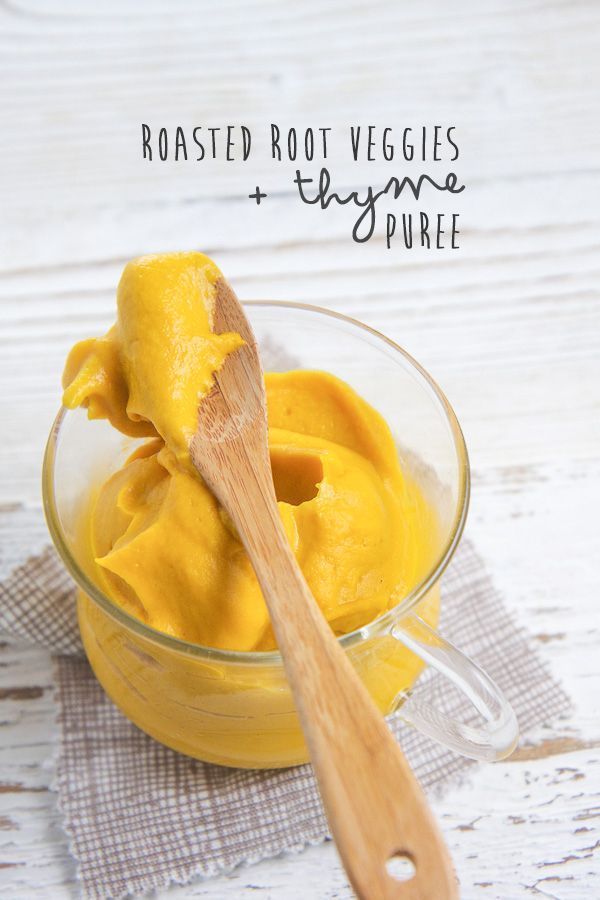 Adding a pinch of spice or herbs to a baby’s food makes it taste better and gives the food additional medicinal properties. Read more here. But as I always say — you do you! If you don’t want to add spices to your baby’s food, you can certainly leave them out. Don’t worry, I give instructions on each recipe card for both.
Adding a pinch of spice or herbs to a baby’s food makes it taste better and gives the food additional medicinal properties. Read more here. But as I always say — you do you! If you don’t want to add spices to your baby’s food, you can certainly leave them out. Don’t worry, I give instructions on each recipe card for both.
What about allergies? Can spices cause an allergic reaction?
My rule of thumb is that unless there is an immediate family member that has a true allergy to a certain spice or food, then introducing your baby to spices at the same time as new food is completely acceptable. Spice and herb allergies in babies and adults are very rare. But remember, it’s always recommended to keep an eye on your baby when introducing any new food or spices.
At what age should I start my baby on baby food purees?
When a baby can start on solid foods is determined by their own rate of development, which generally comes between 4-6 months of age. Some of the developmental milestones babies need to reach to start solids include: if your baby has solid control of their head and neck, if your baby has doubled in weight, and if your baby is reaching for or opening their mouth when you eat (see my guide here). Before you start your baby on purees, you should consult with your pediatrician to make sure your child is developmentally ready for solids.
Some of the developmental milestones babies need to reach to start solids include: if your baby has solid control of their head and neck, if your baby has doubled in weight, and if your baby is reaching for or opening their mouth when you eat (see my guide here). Before you start your baby on purees, you should consult with your pediatrician to make sure your child is developmentally ready for solids.
All of our baby food recipes are designed to enhance the natural taste of the fruits and veggies while keeping as many nutrients intact as possible. In other words, the goal is to make a puree that’s both healthy and delectable.
There are several ways you can cook baby food purees, but the main techniques I use are:
- Steaming
- Roasting
- Simmering
- Raw
Keep in mind, that as long as the produce is cooked until soft, that there isn’t a right or wrong way to cook it for baby food.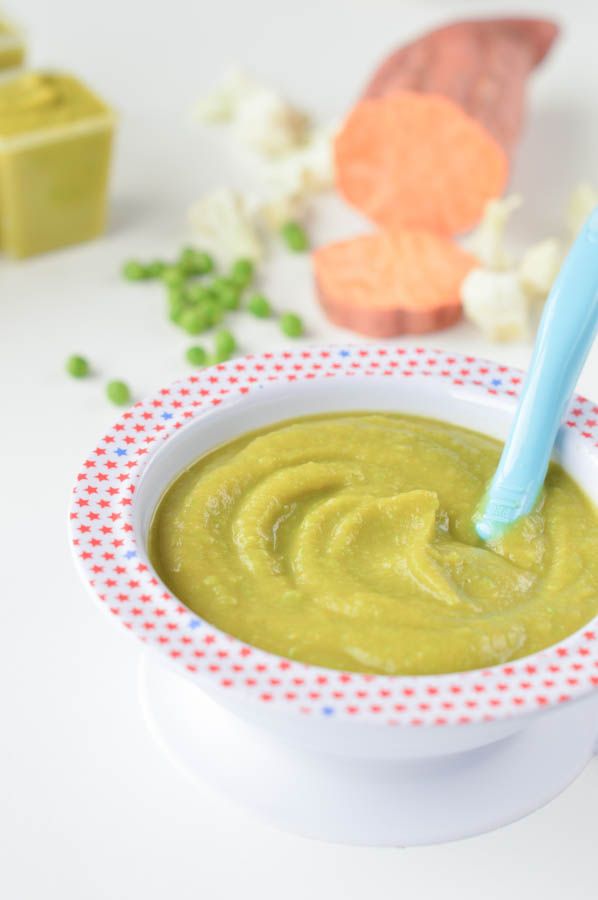
If a recipe for broccoli calls for steaming but you want to roast it because you will already be roasting some broccoli for yourself for dinner, then go ahead and roast the broccoli for your baby’s puree. Play around and have some fun with it!
Adding Spices to Baby PureesIt’s encouraged that you can serve your baby a homemade puree with a pinch of spices or herbs from the very first bite.
Benefits of Spices
- boost and compliment any fruit or vegetable puree
- broaden baby’s emerging palate
- add more flavor and depth into their foods
- decrease picky eating in the years to come
- have medicinal properties in them — they can help with digestive issues, boost brain functions, repair muscle tissues, and so on.
While each puree recipe on this site has a selection of spices or herbs that complement the flavors of the fruit or vegetable in the puree, it’s up to you if you want to add them. You do you! Either way, the puree recipes on this site will be delicious.
You do you! Either way, the puree recipes on this site will be delicious.
Top Spices to Add to Baby’s Puree
- Cinnamon
- Cloves
- Nutmeg
- Basil
- Mint
- Parsley
- Mild Curry Powder
- Fresh Lemon Juice
- Garlic
- Rosemary
Every recipe below has specific instructions on how to store that particular puree, but these are the general guidelines.
How to Freeze Baby FoodYour freezer is about to become your new best friend, allowing you to keep several weeks’ worth of baby purees at the ready. Whenever you make a puree, put several ounces in the fridge for your little one to enjoy that week, then freeze the rest of the batch for your baby to eat at a later date. Please make sure you get it in the puree into the fridge or freezer within 1 hour of cooking to prevent bacteria growth.
- Make a puree.
- Let it cool slightly.
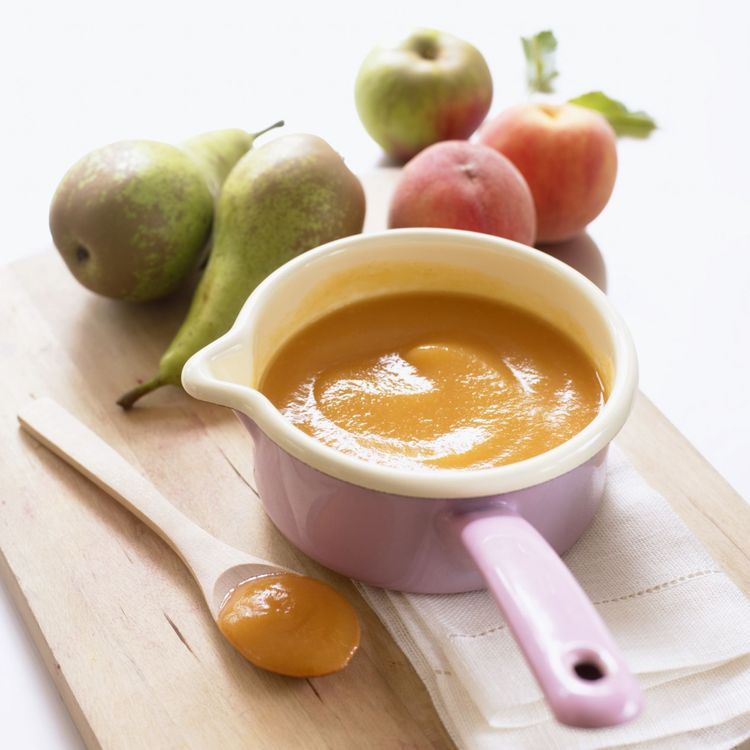
- Transfer the puree to freezer trays or freezer jars.
- Cover the freezer trays with a lid or plastic wrap.
- Label with date and name of puree.
- Place the tray in the freezer.
- Let it freeze for at least 5 hours.
- Take the tray out of the freezer.
- Crack the purees out of the trays.
- Place the frozen purees into zip-lock baggies or stasher bags.
How to Store Baby Food
Purees can be stored for up to four days in an airtight container in the fridge or 4 months in the freezer.
How to Thaw Baby Food
Thawing may seem like a no-brainer, but it never hurts to know your options. There are three different ways to thaw purees.
Microwave- Take the frozen puree cubes that you want to serve out of your freezer.
- Place them in a glass microwave-safe container.
- Microwave in 20-second increments, stirring every time.
- The puree is ready when it is just warm to your touch.
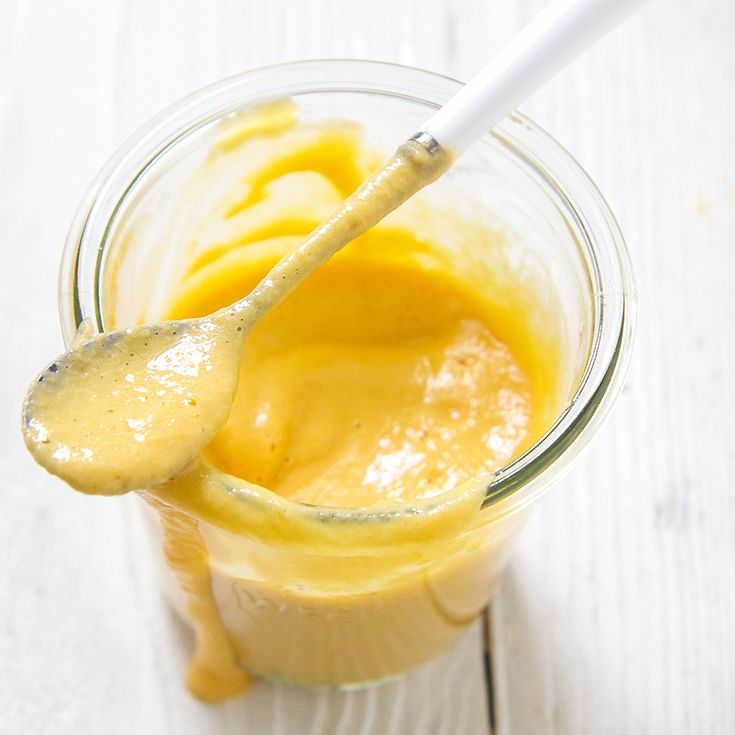
- Grab two clean spoons, one for you and one for your baby, and test your puree before serving.
Heating Tip: To prevent the microwave from unevenly heating the puree, which can leave it with cold and really hot spots and can burn your baby’s mouth, make sure you stir between each interval and taste test it before serving to your baby.
Refrigerator
This one takes the longest time, but it is an excellent alternative to using a microwave.
- Take the frozen puree cubes you want to serve out of your freezer.
- Place the cubes in an air-tight glass container.
- Place the container in the fridge and let the cubes thaw for 8 to 12 hours, usually overnight.
- Do not leave the puree in the container to thaw on the counter or anywhere out of the fridge, as bacteria will start to grow at a rapid rate — which is definitely not recommended.
- Note that the puree will be cold but thawed. So if your baby likes their puree warmed, you’ll have to finish the job using the microwave or stovetop method.

- In a small saucepan, add the frozen puree cubes you want to serve to your baby.
- Over medium-low heat, gently cook the puree until warm, stirring occasionally.
Thawing Tip: Some infants like their puree cold, warm, or really warm, and some will eat it no matter the temperature. You will get to know your baby’s personal preferences as the two of you bond over food.
Feeding Tips
- Make sure baby is showing readiness signs for eating – good control of their head and trunk, sitting with minimal assistance, bringing hands or toys to their mouth, and appearing interested in your food when you’re eating.
- Follow your baby’s lead – when feeding purees from a spoon, sometimes there’s a tendency to keep offering bites past the point of your baby being full. Always follow your baby’s cues for when they are done eating. Turning away from the spoon, closing her mouth, or pushing food away are all signs that your baby is finished with the meal.

- Throwing spoons – is a common phase that all babies go through at one point or another. One of the best ways to handle spoon throwing is to ignore it and keep feeding your baby as usual (with an extra spoon you already have at the table). If your baby ends up also throwing back up spoons #2 AND #3, simply encourage your baby to eat with their hands until they appear to be finished with the meal.
Top Rated Baby Food Purees
Pea Baby Puree (Stage One)
4.90 stars (78 ratings)
A delicious way to introduce peas to baby. Mild peas paired with a fresh hint of mint – a mouth-watering combo!
Get the recipe
Apples Baby Food Puree
4.75 stars (56 ratings)
This Apple Baby Puree recipe is a wonderful first food for baby! A delicious nutrient-dense puree that baby will go gaga over!
Get the recipe
The Best Sweet Potato Baby Food
5 stars (51 ratings)
This Homemade Sweet Potato with Curry Baby Food Puree is a fun and exotic first puree for baby! Great for 4+ months and is completely freezer-friendly!
Get the recipe
Broccoli Baby Food
4. 79 stars (65 ratings)
79 stars (65 ratings)
This Broccoli Baby Food with olive oil recipe is a great way to introduce healthy green vegetables into your baby's diet. A delicious puree full of essential vitamins and healthy fats for growing baby
Get the recipe
Oatmeal for Babies (Stage One)
5 stars (39 ratings)
This Oatmeal Recipe for Baby is made with simple nutrient-dense ingredients in less than 10 minutes, and it's perfect for baby's first bite or added into their favorite fruit or veggie puree. Great for 4+ months and up.
Get the recipe
Avocado for Baby – Puree & BLW
5 stars (15 ratings)
Avocados are a superfood and great first food for babies 6 months and up. Serve them pureed, smashed, or as a finger food for baby-led weaning.
Get the recipe
WeeSprout Baby Food Freezer Tray
My all-time favorite freezer tray! Individual servings pop out easily. The hard plastic lid snaps on with ease and allows for convenient stacking of freezer trays. Dishwasher safe!
The hard plastic lid snaps on with ease and allows for convenient stacking of freezer trays. Dishwasher safe!
View Product
Butternut Squash Baby Food
5 stars (30 ratings)
This homemade Roasted Butternut Squash Baby Food Puree not only contains calcium, folate, vitamins A and C and fiber but it is also a deliciously smooth way to introduce butternut squash to your baby!
Get the recipe
Green Bean Baby Food
5 stars (33 ratings)
Green beans are steamed until just tender, this puree has a mild taste for baby's palette.
Get the recipe
Creamy Mango-licious Baby Food Puree
4.85 stars (26 ratings)
This 5-minute Mango Baby Food Puree is a great way to introduce baby to the magical taste of one of the world's healthiest fruits – MANGOS!
Get the recipe
Pear Baby Puree (Stage One)
5 stars (19 ratings)
This smooth and creamy homemade Pear Baby Puree is a wonderful first puree for baby – easy on the taste buds and great for their growing bodies!
Get the recipe
Peach Baby Puree (Stage One)
5 stars (13 ratings)
Smooth and creamy, this homemade Peach Baby Puree delivers big on taste with naturally sweetened peaches and flecks of vanilla bean.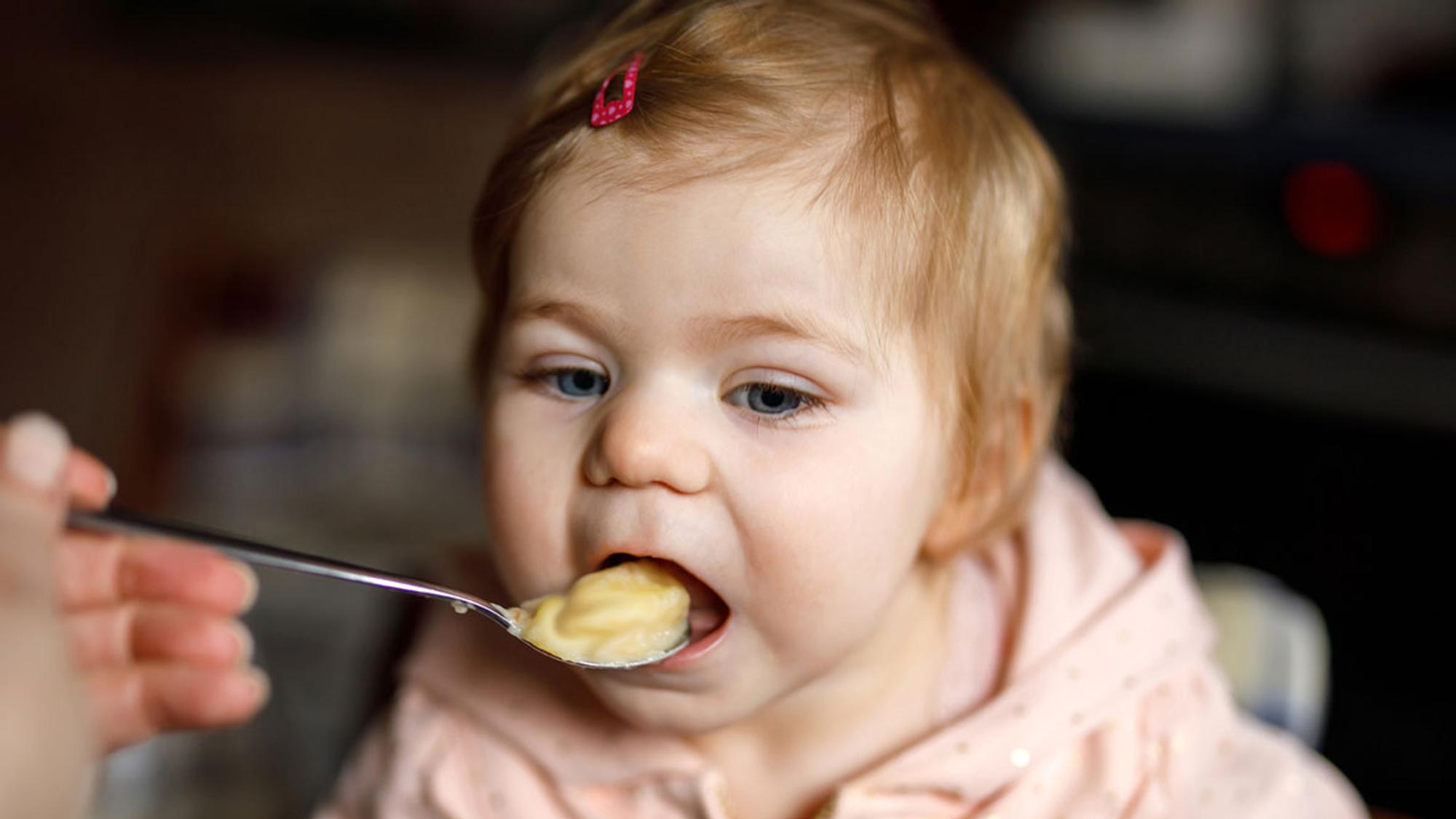
Get the recipe
Basic Chicken Baby Food
4.41 stars (194 ratings)
This homemade Basic Chicken Baby Food is a great puree to add to any of your baby’s favorite fruit or veggie purees. Great for extra protein and flavor!
Get the recipe
Homemade Baby Rice Cereal
4.88 stars (48 ratings)
Using only 1-ingredient, this Homemade Baby Rice Cereal is a simple and easy recipe to make baby!
Get the recipe
Red Pepper Baby Puree
4.88 stars (33 ratings)
This Red Pepper Baby Puree recipe is a smooth, creamy and naturally sweet puree that is loaded with vitamin A, B6 and C. Great for 4+ months and older (or stage 1 puree).
Get the recipe
More Baby Fooe Purees
- Strawberry Baby Puree
- Blueberry Baby Puree
- Pumpkin Baby Puree
- Rasberry Baby Food
- Banana Puree
- Homemade Quinoa Baby Cereal
Pea Baby Food Puree
- 2 cups peas, fresh or frozen
- 1 medium zucchini, roughly chopped (optional)
- 4 mint leaves, roughly chopped (optional)
Sweet Potato Baby Food Puree
- 2 large sweet potatoes
- 1/4 tsp mild curry powder (optional)
- 1/4-1 cup liquid, (water, fresh breast milk, formula or sodium-free chicken stock) for pureeing
Roasted Banana Puree
- 4 bananas, cut lengthwise
- 1/8 tsp fresh rosemary, finely chopped (optional)
Carrot Baby Food Puree
- 2 pounds carrots, trimmed, peeled and roughly chopped
- 1/4 tsp nutmeg (optional)
- 1/2-1 cup liquid, (water, reserved water, fresh breast milk, formula or low-sodium stock) for pureeing
Apples Baby Food Puree
- 6 apples, peeled, cored and chopped
- 1/2 cup water
- 1/4 tsp cinnamon (optional)
Broccoli Baby Food Puree
- 2 cups broccoli, chopped into small florets
- 1 small white potato, apple or pear, peeled and roughly chopped, roughly 1/2 cup (optional)
- 1 tbsp good quality olive oil (optional)
Butternut Squash Baby Puree
- 1 butternut squash
- 1 tsp fresh thyme, roughly chopped (optional)
- 1-2 tsp olive oil (optional)
- 1/2-1 cup liquid (water, fresh breast milk, formula, low or no-sodium stock or bone broth), for pureeing
Green Bean Baby Food Puree
- 1 pound green beans, fresh or frozen, trimmed
- 1 big pinch fresh basil, cilantro or parsley, finely chopped (optional)
Creamy Mango-licious Baby Food Puree
- 2 cups fresh or frozen mango, deseed, peeled and roughly chopped.
 If using frozen mangos, thaw first
If using frozen mangos, thaw first - 1 medium banana (optional)
- 1 pinch nutmeg (optional)
Pear Baby Food Puree
- 6 pears, peeled and roughly chopped
- 1/8 tsp cardamom or cinnamon (optional)
- 1/4 cup water
Peach Baby Puree
- 3 fresh peaches or 12oz frozen peaches, do not thaw frozen peaches – use frozen
- 1/4 cup water
- 1/2 tsp vanilla bean pod (optional)
- 1 pinch pinch nutmeg (optional)
Basic Chicken Baby Puree
- 1 8-ounce boneless skinless chicken breast or thighs, cubed
- 1 cups chicken or veggie stock, low-sodium or sodium-free
- 1 tsp dried parsley (optional)
Homemade Baby Rice Cereal
- 1 cup brown rice, I prefer organic short grain
- 2 cups water for cooking
- 1-2 cups of liquid for blending, (water, fresh breastmilk or formula)
Red Pepper Baby Puree
- 2 red bell peppers, deseeded and roughly chopped
- 1/2 cup white potato, apple or pear, peeled and roughly chopped
Oatmeal for Babies
- 2 cup water
- 1 cup old fashioned oats
- 1/2 tsp chia seeds (optional)
- 1/2 tsp hemp seeds (optional)
Avocado for Baby
- 1/4 avocado
- 1 tsp breast milk, formula or water
Pea Baby Food Puree
In a medium saucepan, bring 2″ of water to a boil over medium heat.
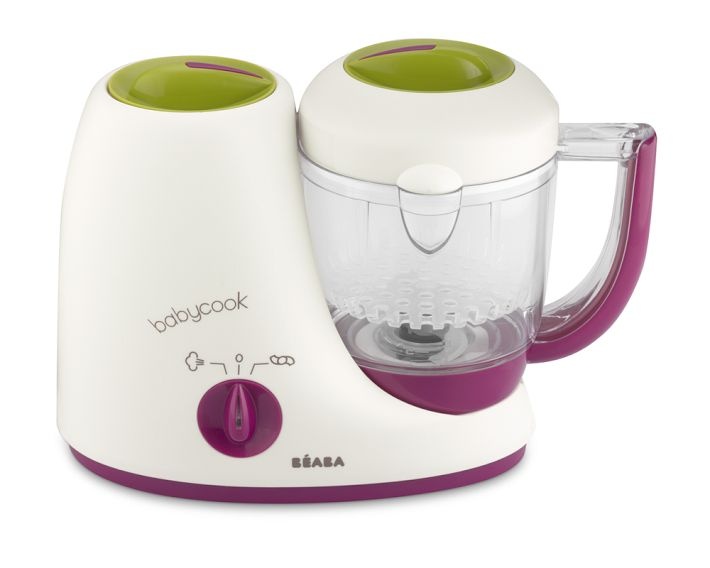 Place the zucchini in a steamer basket, and place over boiling water. Cover and steam for 5 minutes.
Place the zucchini in a steamer basket, and place over boiling water. Cover and steam for 5 minutes.Add in the peas, and steam for an additional 3-5 minutes. Reserve steamer water. Let cool slightly.
Add the zucchini, peas and mint leaves to a blender or food processor and puree for 1 minute or until you have achieved the desired texture. If the puree is too thick, add in 1/4 cup of the reserved steamer water until you have the right consistency.
Note on Zucchini: while this is a 2 vegetable starter puree, zucchini allergies are very low, so I added it to this recipe to give the peas a mild taste and smoother texture. You can completely leave them out if you prefer. Just steam the peas as directed.
Sweet Potato Baby Food Puree
Heat oven to 400°. Line baking sheet with tin foil, parchment paper or a silicone mat.
Wash and dry the sweet potatoes.
 Prick with a fork in several places and then place the sweet potatoes on the baking sheet. Bake for 45 minutes – 1 hour or until a fork can easily prick the sweet potato. Let sit until cool to touch.
Prick with a fork in several places and then place the sweet potatoes on the baking sheet. Bake for 45 minutes – 1 hour or until a fork can easily prick the sweet potato. Let sit until cool to touch.Make a cut into the skin of the potato lengthwise and peel away the skin of the potato. Scoop out the sweet potato meat and place into a blender or food processor, adding in the mild curry powder and water.
Puree on high for 1-2 minutes or until smooth, adding in additional liquid in 1/4 cup increments if needed. I had to add in 1 cup of water to the puree pictured. Serve or freeze for a later meal.
Additional Spices: Feel free to use the following spices instead of the curry – 1/2 tsp of cumin, 1/4 tsp of nutmeg, 1/2 tsp of cloves, 1 fresh garlic clove, 1/2 tsp of chopped fresh thyme, 3-4 basil leaves, 1/2 tsp chopped rosemary or even a big pinch of fresh ginger or 1/2 tsp ginger powder.
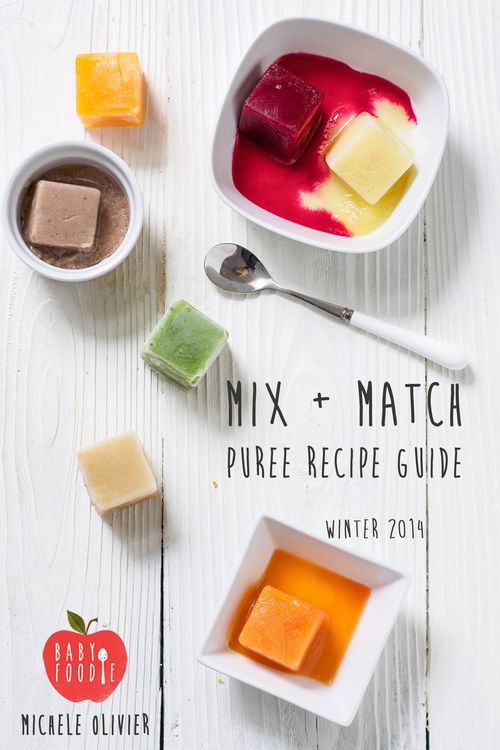 Or you can leave out the spices altogether.
Or you can leave out the spices altogether.
Roasted Banana Baby Puree
Heat oven to 325 degrees F. Line baking sheet with parchment paper.
Place bananas on a baking sheet and roast for 10-12 minutes or until golden brown. Let cool slightly.
Place bananas and rosemary into a blender or food processor and puree for 1-2 minutes or until completely smooth. You may need to add additional water, so start by adding in 1/4 cup increments until you get the desired consistency.
Additional Spices: This recipe is also great with 1 tsp cinnamon, 1/2 tsp cloves, 1/2 tsp nutmeg, or for a fun twist, 1/2 tsp mild curry.
Note on Bananas: while any ripeness of bananas will work, I have found that the bananas that are ripe to very ripe tend to work best in this recipe.
Carrot Baby Food Puree
In a medium saucepan, bring 2″ of water to a boil over medium heat.

Place the carrots into a steamer basket, cover and cook for 9-11 minutes or until tender. Reserve steamer water. Let cool slightly.
Place the carrots, nutmeg and 1/2 cup of liquid into a blender or food processor and puree for 1-2 minutes on high, adding 1/4 cup liquid at a time until you achieve the desired consistency. Serve and enjoy, or freeze for later.
Notes on Nutmeg: adding in spices to babies first purees are completely optional, but totally safe. Nutmeg rounds out the acidic taste carrots sometimes have and make this puree taste grounded and full-bodied.
Additional Spices: Feel free to substitute 1/2 tsp ginger powder or 1/4 fresh ginger, 1/2 tsp mild curry powder, 1/4 tsp cloves, 1/2 tsp finely minced fresh chives or 1/2 garlic clove instead of the nutmeg.
Apples Baby Food Puree
In a medium saucepan, place the apples, water and cinnamon.
Cover and heat on medium-low for 15-20 minutes or until apples are tender. Let cool slightly.
Transfer all of the ingredients into a blender or food processor and blend for 1-2 minutes or until completely smooth. For a chunky puree, quickly pulse the ingredients 10-15 times or until you receive your desired consistency. Serve or freeze for later.
Additional Spices: Feel free to sub in these spices instead of the cinnamon for this recipe – 1/8 tsp of cloves, 1/8 tsp of nutmeg, 1-2 leaves of fresh mint, 1-2 leaves of fresh basil, a pinch of fresh or 1/4 tsp of ginger powder or even 1/4 of coriander for a fun twist.
Apples: you can use any sweet apple in this recipe – Gala, Honeycrisp, Fuji, McIntosh, etc.
Broccoli Baby Food Puree
In a medium saucepan, bring 2 inches of water to a boil over medium heat. Place the broccoli and potato (or apple/pear) into a steamer basket and place over boiling water, cover and steam for 10-12 minutes or until the broccoli and potato are tender.
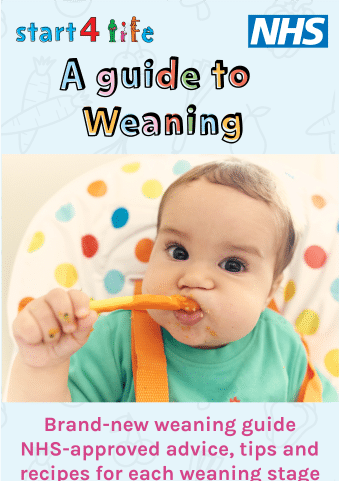 Reserve water from the steamer. Let cool slightly.
Reserve water from the steamer. Let cool slightly.Add the broccoli, potato and olive oil into a blender or food processor and puree until smooth, adding the reserved water from the steamer basket in 1/4 cup increments if needed.
Adding In Spices: Feel free to add in 1 tsp of chopped chives, 2-3 mint leaves, 1 tsp of chopped cilantro, 1/2 tsp cumin or a squeeze of fresh lemon juice.
Butternut Squash Baby Puree
Heat oven to 450 degrees F. Line baking sheet with a silicone mat, tin foil or parchment paper.
Cut butternut squash in half, deseed and place flesh side up, skin side down. Optional – Feel free to drizzle the squash with 1-2 teaspoons of olive oil for some added healthy fat.
Bake for 45 minutes or until you can easily prick the squash with a fork. Let cool until you can handle the squash with your hands.

Scrape off the skin and discard. Place the butternut squash into a blender or food processor. Add thyme and puree for 1-2 minutes, adding water in 1/4 cup increments until you have your desired consistency. I had to add 3/4 cup of water to my puree shown below.
Additional Spices: Feel free to sub the thyme for 4 basil leaves, 1 tsp chopped rosemary, 1 tsp ginger powder, or 1 big pinch of fresh ginger, 1/2 teaspoon nutmeg, or even 1/2 tsp of coriander.
Green Bean Baby Food Puree
Fill a medium saucepan with 2” of water and bring to boil over medium heat. Place the green beans (fresh or frozen) into a steamer basket over the boiling water, cover, and cook for 10 minutes or until tender. Let cool slightly. Reserve steamer water.
Transfer the green beans and herb to a blender or food processor and puree for 1-2 minutes or until smooth, adding reserved steamer water in 1/4 cup increments if needed until you reach your desired consistency.

Adding Spices: you can add a big pinch of roughly chopped basil, cilantro, mint, parsley, or chives to this puree before blending.
Creamy Mango-licious Baby Food Puree
Place the mango, banana and nutmeg (if using) into a blender or food processor. Puree for 1 minute or until completely smooth. If your mango is not ripe enough, you might need to add in up to 1/4 cup of water while blending to get the right consistency. Serve or freeze for later.
Mango Tip: I usually find that organic frozen mangos are easier and cheaper to find than fresh organic mangos, but if mangos are in season when you are making this recipe, by all means, you can use fresh over frozen. For fresh mangos, simply peel and chop.
Pear Baby Food Puree
In a medium saucepan, place the pears, cardamon and water, cover and heat on medium-low heat for 10-15 minutes, or until tender.
 Let cool slightly.
Let cool slightly.Using a slotted spoon, scoop the pears out of the saucepan, leaving water behind, and into a blender or food processor. Blend for 1-2 minutes until you have your desired consistency. If your pear puree is too thick, add the leftover cooking water in 1/4 cup increments.
Peach Baby Puree
If using fresh peaches, peel, pit and slice the peaches. If using the fresh vanilla bean pod, cut in half and then slice open lengthwise. Take the back of your knife or spoon and scrape out all of the vanilla bean, reserve.
In a medium saucepan, add the peaches and water, cook over medium-low heat for 5 minutes (fresh peaches) – 10 minutes (frozen peaches). Right before the peaches are done cooking, add in the vanilla and nutmeg (or any other spices you prefer) and stir until incorporated—Cook for 1 more minute.
Using a slotted spoon, transfer the peaches to a blender or food processor, leaving all excess water in the saucepan.
 You do not want to add any additional liquids, or the puree might be too thin. Starting on low and increasing to high speed, puree the peaches until smooth and creamy. Serve to baby or freeze for later.
You do not want to add any additional liquids, or the puree might be too thin. Starting on low and increasing to high speed, puree the peaches until smooth and creamy. Serve to baby or freeze for later.
Basic Chicken Baby Puree
In a medium saucepan, bring the cubed chicken, broth, and parsley to a boil over medium heat. Turn the heat down to low and simmer, covered, for 15 minutes or until chicken is just cooked through. Let cool slightly.
Using a slotted spoon, transfer the chicken to a blender or food processor, leaving the broth in the saucepan. Reserve the broth.
Starting on low and working your way up to high-speed, puree the chicken until you reach your desired consistency, adding in broth in 1/4 cup increments if needed. I had to add in just 1/4 cup of broth to get the consistency seen in this photo.
Extra Healthy Fat: For some extra healthy fat, this puree is also wonderful, with a teaspoon of grass-fed butter (salt-free) added to the blender right before pureeing.

Homemade Baby Rice Cereal
IMPORTANT STEP: Place the rice in a fine-mesh colander and rinse with water until the water runs clear.
Transfer the rice to a medium saucepan and add 2 cups of water. Bring to a boil over high heat, then reduce heat to low, cover with a lid and simmer for 35-45 minutes or until the rice is tender and the water is evaporated. Each batch of rice cooks a little differently, so taste at 35 minutes to see if the rice is tender. Remove the saucepan from the heat and let rest for 10 minutes, covered. If using fresh breast milk or formula for blending, I would remove the lid and let the rice cool for 15 minutes.
Place the rice into a blender or food processor and add 1/2 cup of liquid of choice. Blend for 1-2 minutes on medium-high speed until completely smooth and creamy, adding in the additional liquid in 1/4 cup increments, if needed, until you have your desired consistency.
Red Pepper Baby Puree
In a medium saucepan, bring 2″ of water to a boil.

If using a potato: place it in a steamer basket and steam for 10 minutes before adding peppers, and cooking for another 5-7 minutes.
If using pear or apple: add in the red peppers and apple or pear and steam for 5-7 minutes or until tender. Reserve steamer water. Let cool slightly.
Add in all of the ingredients into a blender or food processor and puree for 1 minute or until completely smooth, adding in a tablespoon of water at a time if needed.
Oatmeal for Babies
In a medium saucepan, bring 2 cups of water to a boil. Add in 1 cup of old-fashioned oats along with the chia seeds, hemp seeds and any spices you are using. Turn down the heat to medium-low and cook the oats for 5 minutes, stirring occasionally, or until all of the water is gone and the oats are soft. Let cool slightly.
Transfer the oats to a blender or food processor and puree for 1-2 minutes, adding water in 1/4 cup increments if needed, until completely smooth.
 I had to add 1/2 cup of water to my oatmeal. You will want the oat cereal to be on the thinner side, so it doesn't become sticky. The oats will continue to absorb liquid as they cool, so you can add more water, fresh breast milk, or formula as needed. Serve to baby or freeze for later.
I had to add 1/2 cup of water to my oatmeal. You will want the oat cereal to be on the thinner side, so it doesn't become sticky. The oats will continue to absorb liquid as they cool, so you can add more water, fresh breast milk, or formula as needed. Serve to baby or freeze for later. Type of Oats: This recipe is for old-fashioned oats: for steel-cut or instant oats, read the full post.
Adding Spices: you can add a big pinch of cinnamon or pumpkin pie spice mix or a smaller pinch of nutmeg or cloves to these oats before blending.
Chia and Hemp Seeds: are added for a nutritional boost, but you can add or omit them if you prefer. You can get both of these at any health food store or online here (chia/hemp).
Avocado for Baby
Age: 4-6 months and up
Yield: roughly 15-25 ounces, depending on the recipe
Freezer Tray
Bumkins Baby Bowl
Blender
Saucepan
Did you make this recipe?
Tag @babyfoode on Instagram and hashtag it #babyfoode!
Pin Recipe Email a Friend
NUTRITION IN EARLY CHILDHOOD
The article is devoted to the problem of nutrition in young children. It is known that the view of this problem differs depending on the country and even pediatric schools. This review presents a look at the problem of an American nutritionist. The paper is concerned with nutrition during infancy. Views of this matter are known to vary with countries and even pediatric schools. This review presents the view of the author, an American pediatrician and infant nutritionist.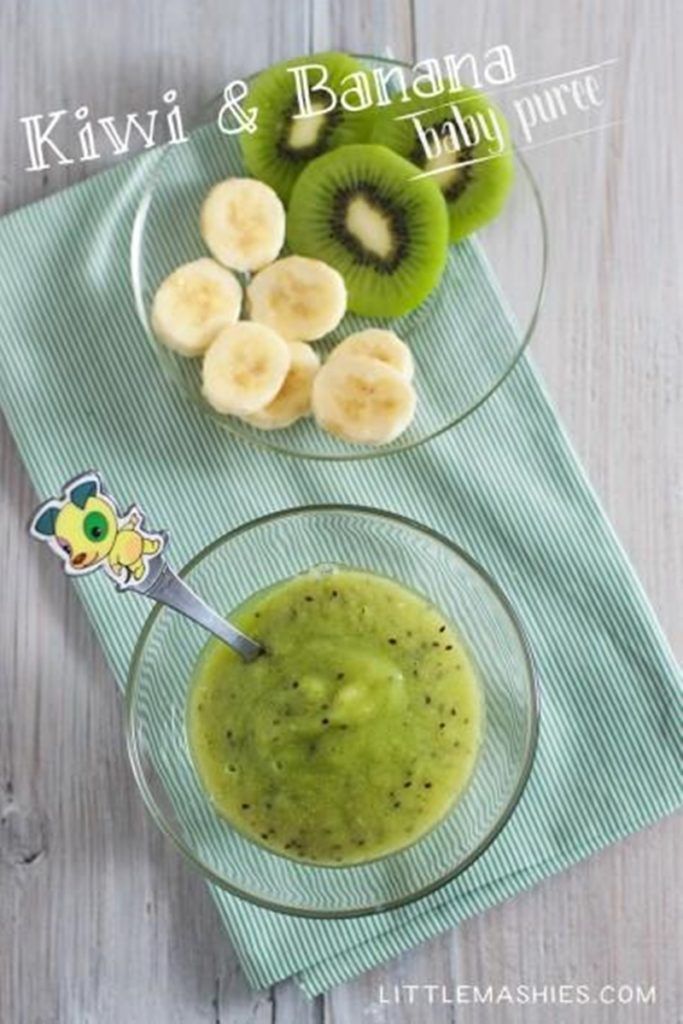 Mateen Asrar, M.Sc. (Dietetics), Dietitian, American Medical Center Moscow
Mateen Asrar, M.Sc. (Dietetics), Dietitian, American Medical Center Moscow
Matheen Asrar, M.S. Sciences (Dietetics), Nutritionist, American Medical Center, Moscow
The growth and physical development of each young child is determined by genetic characteristics, the quality of the mother's nutrition during pregnancy and the balance of the child's nutrition after birth. Good relationships established between mother and child from the very first days of his life not only influence the formation of desirable eating behavior, but are also important because of their social and psychological significance. In addition to realizing individual growth and development potential, early preventive interventions, including diet and lifestyle, are believed by many clinicians and nutritionists to reduce the risk of developing chronic diseases in middle and old age.
Matheen Asrar, M.S. Sciences (Dietetics), Nutritionist, American Medical Center, MoscowChanging diets
Young child feeding practices are changing as scientific research identifies better ways. In addition, environmental, cultural and socio-economic factors have a certain influence. Breastfeeding is gaining more and more attention. Understanding the value of women's milk for a young child, it is currently considered undesirable to introduce complementary foods into the diet of a child younger than 4-6 months. In recent years, much attention has been paid to disease prevention, and therefore doubts have arisen that changing the nature of the child's diet helps to reduce the risk or prevent the development of chronic diseases.
In addition, environmental, cultural and socio-economic factors have a certain influence. Breastfeeding is gaining more and more attention. Understanding the value of women's milk for a young child, it is currently considered undesirable to introduce complementary foods into the diet of a child younger than 4-6 months. In recent years, much attention has been paid to disease prevention, and therefore doubts have arisen that changing the nature of the child's diet helps to reduce the risk or prevent the development of chronic diseases.
Child growth and development
Body weight and height. Apart from the period of intrauterine development, the first year of a child's life is the time of his most rapid growth. Every week for the first 4 to 5 months, the baby gains 140 to 255 g in weight, thus doubling its birth weight during this time. For the rest of the first year of life, the baby gains between 110 and 140 g every week, so that by 10 months of age, his weight triples.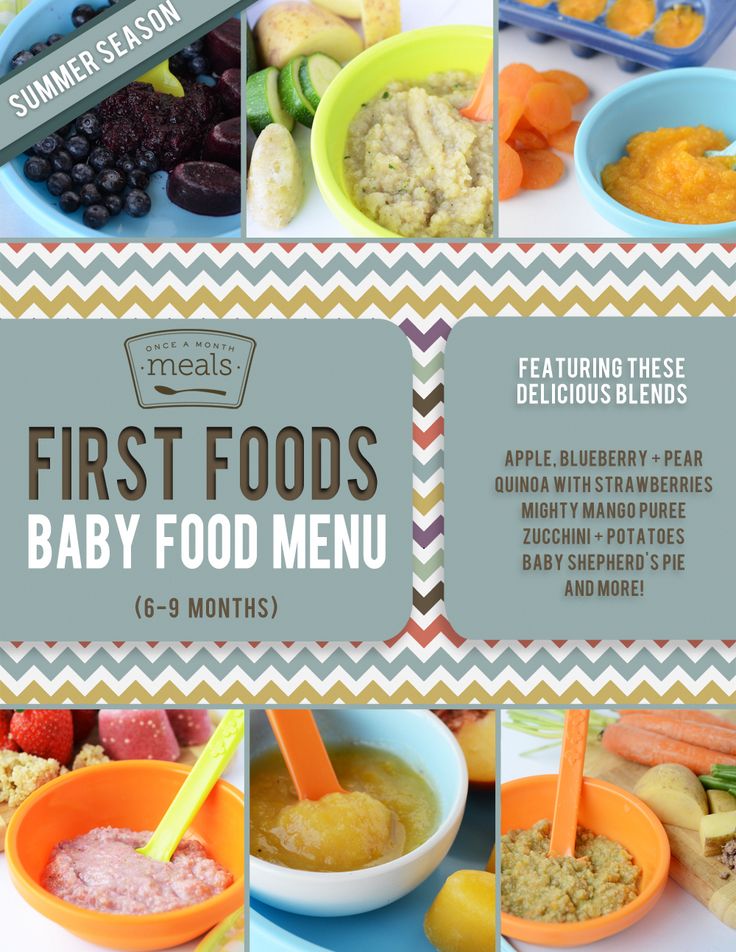 The mass of a one-year-old child is one-sixth that of an adult.
The mass of a one-year-old child is one-sixth that of an adult.
Body structure. Weight gain occurs due to an increase in the mass of water, muscle and organ tissues, adipose tissue and the skeletal system of the body. At birth, the body is 75% water, 12% fat and has poorly developed muscles. By the age of one year, the water content decreases to 60%, the fat content increases to 24%, and muscle and bone mass also increases. From the moment of birth and later, the mass of adipose tissue in girls is greater than in boys.
Metabolic systems. In young children, the heart rate and respiratory rate are increased. Babies born at term can digest proteins, emulsified fat, and simple carbohydrates such as lactose. By the end of the first year of life, the kidneys reach their full functional maturity. The brain also develops rapidly in the fetus. By the age of four, the brain size reaches 70% of that of an adult.
Eating behavior. Formation of eating behavior depends on the maturity of the nervous system.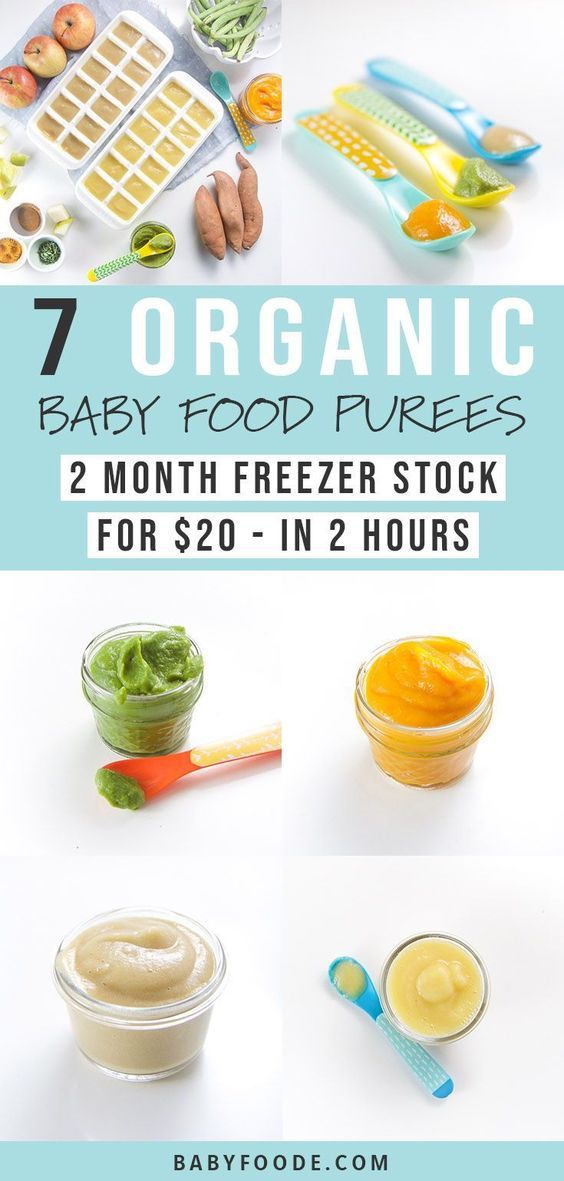 At the time of birth, the baby is able to coordinate the actions associated with sucking, swallowing and breathing. Vision is still unable to focus. Up to about 3 months, the child sucks rhythmically with the help of the tongue, moving it up and down. On the 12-16th week, the nature of sucking changes, and the tongue moves back and forth, and not up and down. When food gets on the tongue, the child is able to retract the lower lip when the spoon is removed from the mouth, move the food to the back of the tongue and swallow. At 6 months of age, the child has better eye-hand coordination, grasping objects within reach and putting them in his mouth. Chewing movements also develop.
At the time of birth, the baby is able to coordinate the actions associated with sucking, swallowing and breathing. Vision is still unable to focus. Up to about 3 months, the child sucks rhythmically with the help of the tongue, moving it up and down. On the 12-16th week, the nature of sucking changes, and the tongue moves back and forth, and not up and down. When food gets on the tongue, the child is able to retract the lower lip when the spoon is removed from the mouth, move the food to the back of the tongue and swallow. At 6 months of age, the child has better eye-hand coordination, grasping objects within reach and putting them in his mouth. Chewing movements also develop.
Power state detection
Measurements. Each individual child is the best control for himself. Body weight, height, head circumference and thickness of skin folds are reliable indicators of the physical condition of the child.
Other criteria include :
• normal hemoglobin level for the appropriate age;
• constant weight gain;
• healthy smooth skin;
• normal muscle tone;
• the beginning of teething at the age of 5-6 months, the number of teeth by the end of the first year of life - 6 - 12;
• normal excretion corresponding to the type of feeding;
• cheerfulness, good sleep.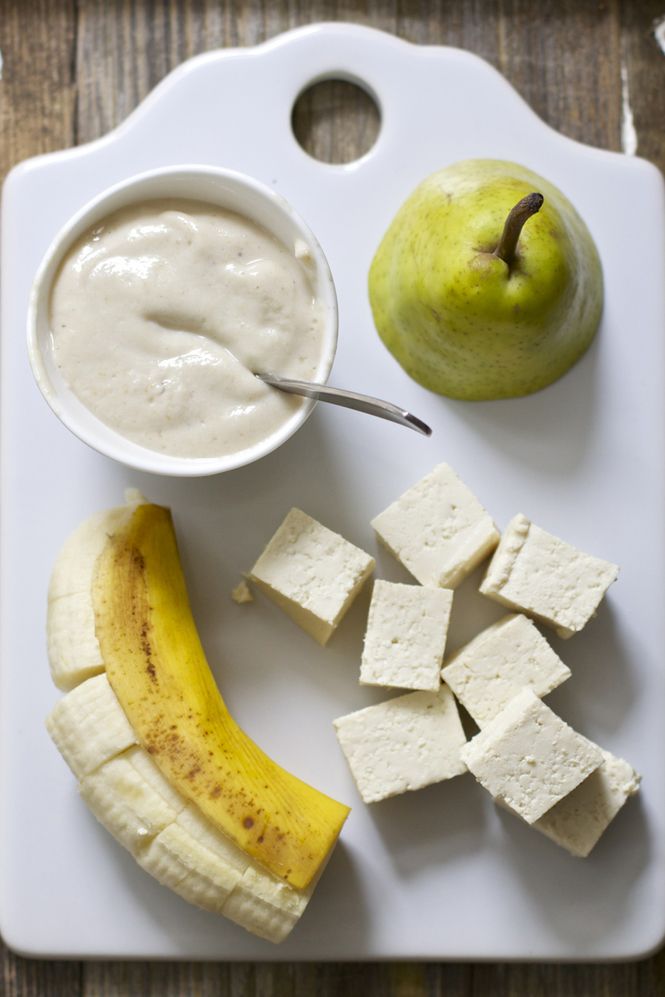
Each individual child is the best control for himself. Body weight, height, head circumference and thickness of skin folds are reliable indicators of the physical condition of the child. : • normal hemoglobin level for the corresponding age; • constant weight gain; • healthy smooth skin; • normal muscle tone; • the beginning of teething at the age of 5-6 months, the number of teeth by the end of the first year of life - 6 - 12; • normal excretion corresponding to the type of feeding; • cheerfulness, good sleep.
Nutritional status
Overfeeding is undesirable, especially if the child is overweight, as this leads to an increase in the number of fat cells and an increased risk of obesity in later years. Ignoring a child's needs can cause deficient conditions such as protein-calorie malnutrition.
Needs
Energy. The energy requirement of a young child is 90-140 kcal per 1 kg of body weight.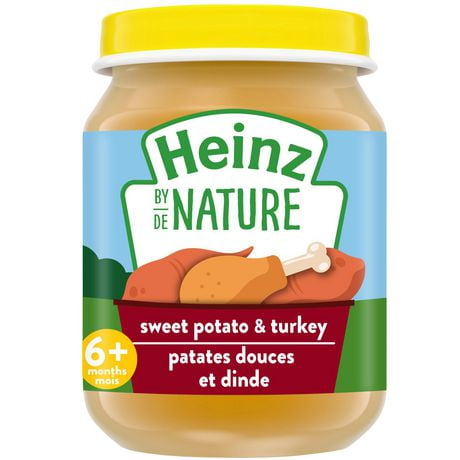 Active and crying babies need more energy than calm ones.
Active and crying babies need more energy than calm ones.
Proteins. At an early age, the protein content in the body increases daily by 3.5 g. This leads to an increase in body size. Human milk provides 2.2 g of protein per 1 kg of body weight per day.
Carbohydrates. There are no recommended carbohydrate intakes for young children. Lactose makes up 40% of the total calorie content of human milk.
Fats. Fat accounts for about 45% of the total calories in human milk and most infant formulas. Low-fat formula milks are contraindicated because they are difficult to provide enough calories for satisfactory weight gain.
Water. A child's body loses a lot of water through the skin, because the surface area of the body is large in relation to its mass. Young children need about 150 ml of water per 100 kcal. Breast milk meets these needs.
Minerals and vitamins. The body's needs for calcium, zinc, magnesium and vitamin C are met by human milk. Commonly recommended supplements include:
Commonly recommended supplements include:
- vitamin K, prescribed immediately after the birth of a child;
- vitamin D - within 7 - 10 days after his birth;
- iron - at the 4-6th month of life;
- vitamin B12, if the mother of the child strictly follows a vegetarian diet.
Comparison of recommended nutrient intakes for infants receiving human and cow's milk and infant formula.
Breastfeeding
Human milk is the natural food for the young child. For successful breastfeeding, the mother's diet must be balanced.
It is necessary to correctly alternate physical activity and rest, to avoid stress in the prenatal period and during lactation.
Breastfeeding Benefits
• Human milk is the most nutritionally balanced.
• Due to the presence of immunoglobulins in milk, the risk of serious illnesses and allergic reactions in a child is lower.
• Bifidus factor, present in human milk, promotes the growth of lactic acid bacteria with antimicrobial properties.
• There is no need to sterilize milk.
• Feeding can be started as soon as the baby is hungry and the food is already at the proper temperature.
• A bond is established between mother and child. The child is warm and secure, and the mother has a sense of contentment and closeness with the child.
Contraindications
Breastfeeding is not possible in the following cases:
• the presence of chronic diseases in the mother, such as tuberculosis and severe anemia, and an acute febrile state due to the possibility of infection of the child;
• the onset of another pregnancy;
• the mother needs to return to work that is away from her home;
• the baby is weak or unable to breastfeed because of a cleft palate.
Initiation of feeding
Breastfeeding is best initiated within the first 24 hours after birth. The sucking movements made by a hungry baby stimulate the secretion of milk.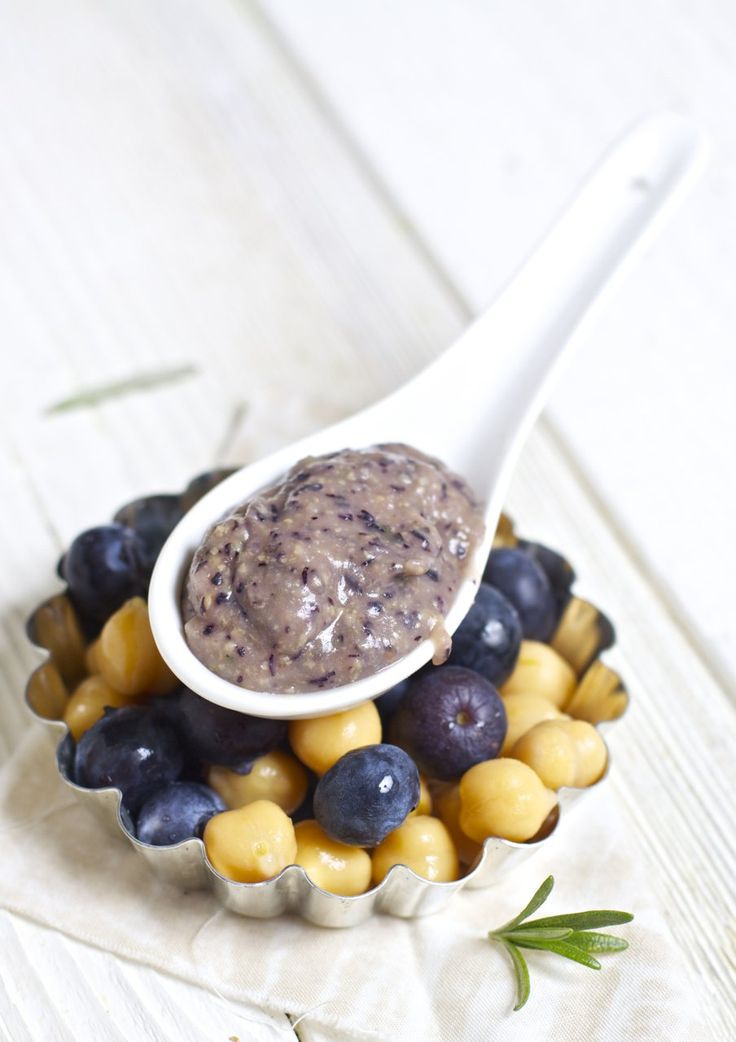 The clear, yellowish secretion secreted in the first few days is called colostrum. Its composition changes, and by the 10th day, mature milk begins to stand out.
The clear, yellowish secretion secreted in the first few days is called colostrum. Its composition changes, and by the 10th day, mature milk begins to stand out.
A breastfed baby may have enough milk from one breast, but if he has not yet eaten, he should be offered another breast and begin the next feeding from there. When the baby stops sucking, he should be held on your shoulder while patting his back, which will allow air that he may have swallowed to escape.
Healthy children set their own meal schedule. Success depends on the mother's ability to determine when the baby wants to eat. A baby who starts screaming shortly after a feed may be undernourished, but he may also have swallowed too much air during a previous feed, or his crying is due to some other reason.
The youngest child may need up to 10 to 12 feedings at first, but soon a feeding schedule is established at approximately 3 to 4 hour intervals. At the 2nd month of a child's life, night feedings can usually be stopped.
An infant is getting enough milk if he looks satisfied at the end of the 15-20 minute feed, falls asleep quickly and sleeps peacefully for several hours thereafter, and gains weight satisfactorily every week. The child should be weighed once a week, each time in the same amount of clothing.
Artificial feeding
Comparison of human and cow's milk. Women's and cow's milk are the same in their energy value and fat content. Cow's milk contains less lactose, ascorbic and nicotinic acids and vitamin A than human milk. The content of other vitamins in both types of milk is the same and meets the needs of the child. Women's milk in the baby's stomach curdles, so that the stomach is emptied faster than when drinking cow's milk. The clot of cow's milk is larger, more dense and digested more slowly; it changes with heat. About 70% of children currently receive factory-made infant formula.
Some mixtures are sold dry, others are concentrated and must be diluted with water; some mixtures are completely ready for use, and you only need to measure the required amount, others are sold in disposable horns. There are mixtures not only for healthy children, but also for children suffering from lactose intolerance, allergic reactions and congenital metabolic disorders.
There are mixtures not only for healthy children, but also for children suffering from lactose intolerance, allergic reactions and congenital metabolic disorders.
| Nutrient | Body requirement | Women's milk | Cow's milk | Milk formula | |
| 0 - 6 months | 6 – 12 months | content per 1000 ml | content per 1000 ml | content per 1000 ml | |
| Water ml | 897 | 894 | 875 | ||
| Energy, kcal | 115* | 105* | 718 | 620 | 670 |
| Proteins, g | 2. | 2.0* | 10.6 | 33.4 | 15 |
| Fat, g | 44.9 | 33.9 | 36 | ||
| Carbohydrates, g | 70. | 47.3 | 70 | ||
| Vitamins: | |||||
| A | 420 | 400 | 656 | 315 | 340–500 |
| RE | 1400 | 2000 | 2470 | 1279 | 1970 |
| HONEY, mcg | 10 | 10 | 10 | ||
| E, mg | 3 | 4 | 1. | 5.7 | 5.7–8.5 |
| C, mg | 35 | 35 | 51 | 10 | 55 |
| B1 mg | 0. | 0.5 | 0.14 | 0.39 | 0.4–0.7 |
| B2 mg | 0.4 | 0.6 | 0.37 | 1.65 | 0. |
| PP, mg | 6 | 8 | 2.0 | 0.85 | 7 – 9 |
| B6, | 0.3 | 0.6 | 0. | 0.43 | 0.3–0.4 |
| B12, mcg | 0.5 | 1.5 | 0.46 | 3.63 | 1.5–2.0 |
| Folic acid, mcg | 30 | 45 | 51 | 51 | 50–100 |
| Calcium mg | 360 | 540 | 328 | 1208 | 550–600 |
| Phosphorus mg | 240 | 360 | 144 | 945 | 440–460 |
| Sodium mg | 115-350 | 250-750 | 141 | 498 | 250-390 |
| Potassium mg | 350–925 | 425-1275 | 523 | 1544 | 620-1000 |
| Magnesium mg | 50 | 70 | 31 | 132 | 40-50 |
| Iodine, mcg | 40 | 50 | 30–100 | 40–70 | |
| Iron mg | 10 | 15 | 0. | 0.5 | 1.4-12.5 |
| Zinc, mg | 3 | 5 | 1.8 | 3.9 | 2.0–4.0 |
| * Per 1 kg of body weight | |||||
Making your own infant formula at home
You can use the following guides to make your own formula with sugar-free condensed milk.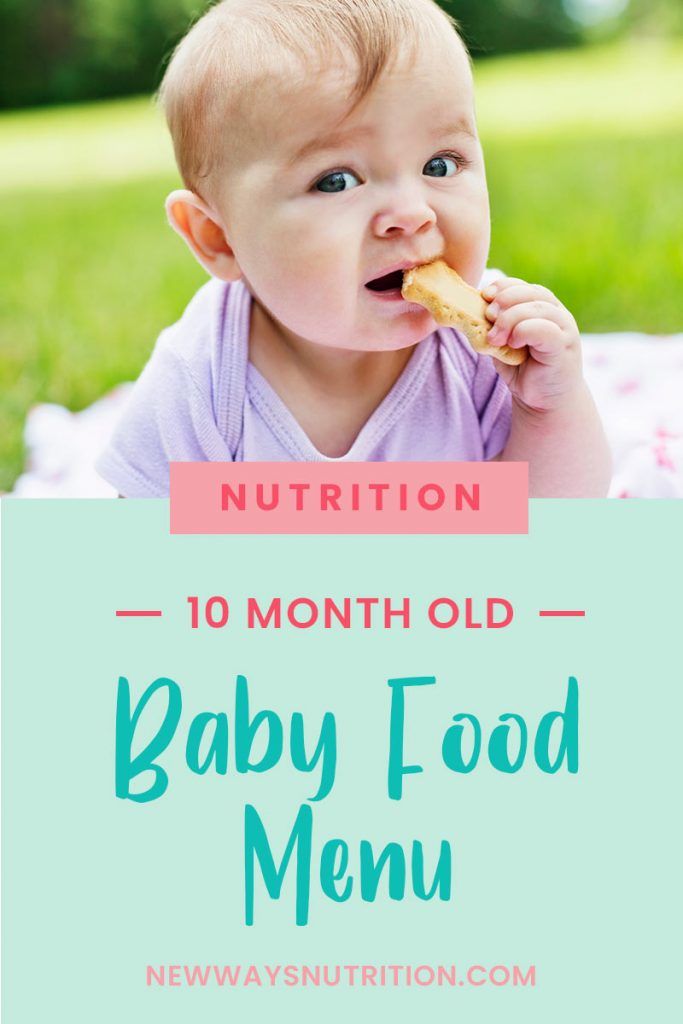
Milk. Approximately 50-65 ml of condensed milk per 2 kg of baby's body weight.
Sugar. Sucrose and corn syrup are easy to digest and are suitable for making infant formula. Dexrimaltose is less sweet than sugar and is used less frequently. It is not recommended to use honey due to the possibility of neonatal botulism. During the first 2 weeks, about 15 g of sugar is added to the daily volume of the mixture. Later, it is enough to add 30 g. Add sugar is stopped when the child begins to receive a significant amount of other products.
Liquid. At the age of 2 months, the child receives about 120 ml of infant formula. This volume is increased every month by 30 ml, bringing to a maximum of 240 ml by 6 months of age.
Intervals between feedings. Flexibility should be exercised in determining them, as with breastfeeding. Babies on formula milk should not be fed at intervals of less than 3 hours because cow's milk stays in the baby's stomach for a longer time.
Sterilizing infant formula
• Pour a measured amount of formula into carefully washed bottles.
• The nipples are put on the bottles, the intensity of milk flow is checked and the nipple cap is loosely covered.
• The bottles are placed on the sterilizer stand and water is added to half their height.
• Close the sterilizer, bring water to a boil and boil for 25 minutes.
• Bottles are taken out, slightly cooled and stored in the refrigerator.
Feeding procedure
The baby should be kept in a semi-recumbent position. You should never put pillows on him or allow him to eat on his own. If the hole in the nipple is large, the baby swallows the mixture quickly, swallowing air, which causes discomfort and sometimes spitting up.
On the other hand, if the hole is too small, the feeding process is delayed. During feeding, the nipple should be filled with liquid. The baby should not be expected to suck out the formula completely, any remaining mixture should be discarded.
Formula feeding supplements
Fluorine must be added if tap water is not fluoridated. 35 mg of ascorbic acid should be added to homemade infant formula within 2 weeks of birth. Synthesized ascorbic acid is preferred because sometimes very young children develop allergic reactions to citrus juices. Ascorbic acid can be added in mixtures or given with water. A child aged 4-6 months is given iron-fortified cereals in order to satisfy his need for iron. When using infant formulas made with soy milk, vitamin B12 must be added if the formula is not fortified with it.
Complementary foods
Determine when to include solid foods in your child's diet. In the past century, solid foods were introduced to most infants at an early age. It was believed that this would help the child sleep through the night, in addition, he would get used to eating a variety of foods. However, before the age of 3-4 years, the sense of taste in children is not developed. Pediatricians and nutritionists currently recommend introducing complementary foods at 4–6 months of age, since at this age the intestinal tract is less permeable to foreign proteins and there is less risk of allergic reactions.
Pediatricians and nutritionists currently recommend introducing complementary foods at 4–6 months of age, since at this age the intestinal tract is less permeable to foreign proteins and there is less risk of allergic reactions.
Factory-made baby food is convenient, bacteriologically safe, its price is moderate with a significant variety of assortment.
Complementary foods. By the end of the first year of life, an infant receives 300–450 g of solid food. The amount of breast milk or infant formula is reduced to about 3/4 liters.
Kashi. Iron-fortified rice porridge is preferred because it causes fewer allergic reactions than wheat and oats. Dry porridge is mixed with some infant formula, making it first semi-liquid and then thicker.
When the teeth erupt, you can give crunchy toast and dry biscuits.
Fruit. Children enjoy mashed ripe bananas and other boiled chopped fruits. Juices from orange, grapefruit and grapes are first diluted with water and then given undiluted.
Vegetables. At first, children are more likely to eat pureed carrots, peas, green beans than spinach, beets or broccoli.
Foods rich in protein. The yolk of a hard-boiled egg should be mashed and mixed with a small amount of infant formula, porridge or vegetables. Egg white is not given to children under one year old, because it is difficult to digest. By the 7th month, you can add beef, chicken and fish in a pureed, chopped form. Occasionally replace meat with cottage cheese or mashed boiled beans.
Usual sequence of introducing complementary foods into a child's diet
4 to 6 months:
dry baby porridge - 2-3 tablespoons;
pureed unsweetened fruit -
2 tablespoons;
mashed vegetables - 2 tablespoons.
From 6 to 7 months:
dry baby porridge - 1/4 cup;
fruits and vegetables - 3 tablespoons each;
mashed meat - 2 tablespoons.
7 to 8 months:
fortified porridge for children - 1/2 cup;
fruit or vegetable puree or
finely chopped fruits and vegetables - 1/4 cup each;
meat - 3 tablespoons;
add croutons, potatoes.
From 8 to 12 months:
porridge - 1/2 cup;
finely chopped fruits and vegetables - 1/3 cup each;
meat - 1/4 cup, finely chopped or pureed;
add mashed yolk of boiled egg,
cottage cheese or mashed boiled beans or peas.
Feeding problems
Colic. Some babies cry loudly and for a long time after feeding. This is usually due to the fact that the child swallowed too much air and did not burp it. Colic sometimes occurs because the baby is overfed, tired, or has a cold.
Constipation. Babies on infant formula usually have 1 stool per day, while breastfed babies have 2-3 stools. Only in cases where the stool is hard and dry or defecation is difficult, they speak of constipation. This problem can usually be solved by giving the child prune juice daily.
Overly concentrated infant formula. Formula is sometimes diluted with insufficient water by mistake or because the mother mistakenly believes that her baby will be better fed.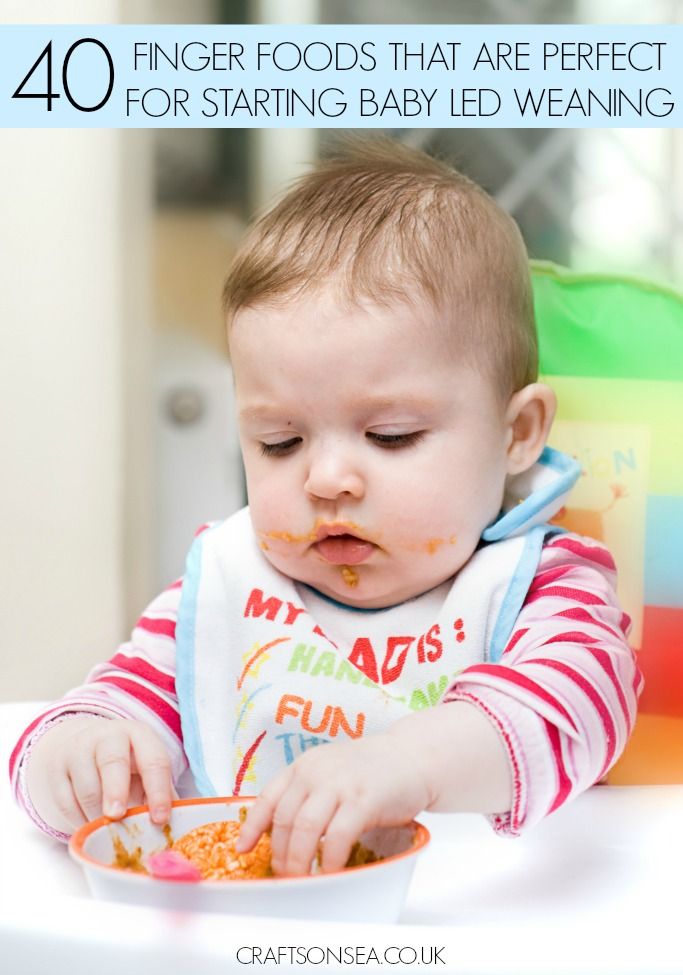 The kidneys require extra water to remove waste products and this causes dehydration.
The kidneys require extra water to remove waste products and this causes dehydration.
Milk bottle syndrome. Represents a carious lesion of the four upper front teeth. Babies who are given a bottle at bedtime instead of a pacifier are especially at risk. Teeth become covered with fermentable fluid and may decay.
Obesity. Excessive weight gain in early childhood is accompanied by an increase in the number of fat cells. If overfeeding continues throughout childhood, the number of fat cells increases until adolescence and remains constant throughout life. Calm children have lower energy requirements than active children.
Maternal counseling
The pregnant woman's counselor should educate her about the benefits of breastfeeding and formula feeding, but the woman is free to choose.
A woman who has given birth and is breastfeeding for the first time sometimes needs advice and encouragement from a health worker.
Introducing new foods to the baby's diet
Hold the baby upright during feeding to make swallowing easier.
At the start of feeding, give a very small amount of any new food (a teaspoon or less).
Only one new food is introduced into the diet at a time. The child should be allowed to get used to this product before introducing another.
• First offer food liquid consistency, gradually make it thicker.
• Never force a child to eat more than he wants.
• If a child doesn't like a certain food, they don't give it for a week and then try to offer it again.
If he does not like the product again, then it is replaced with another one.
• Gradually diversify the child's diet by offering foods from different groups.
• When the child acquires the ability to chew, pureed food is gradually replaced with finely chopped.
• There is no need to salt or sweeten food. Excessive salt intake can lead to hypertension later in life.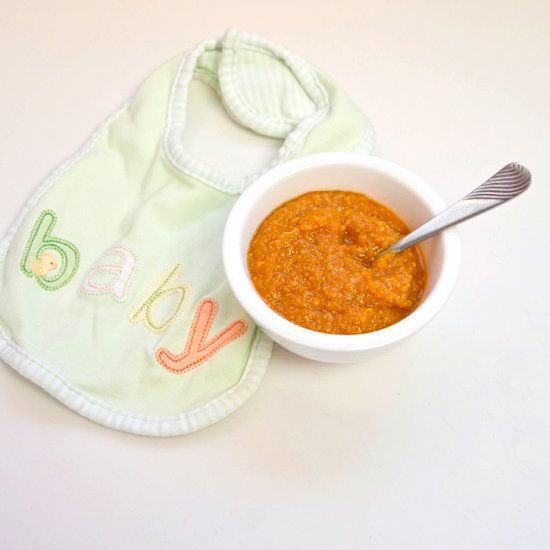 Sugar consumption can cause dental caries.
Sugar consumption can cause dental caries.
• You should not show your child your disgust for the proposed product.
Concerns about the effects of children's drinks on childhood dental health led the Association for the Study of Children's Foods and Health Foods to publish a report making the following recommendations:
• Always follow the instructions for reconstituting infant formula.
• Serve meals only at mealtimes and limit the time you drink.
• Never leave young children alone when they have something to drink.
• Never dip a pacifier in drinks or give them as comfort.
• Give your baby water from a spoon or cup, not from a bottle.
• Do not let your child drink in bed or at night.
Your position in relation to body shape, eating habits and physical activity is fixed in your child, which can often change his genetic inclinations. It is very important to remember that the baby should not be thin like a fashion model, nor chubby, corresponding to the old-fashioned ideal of a healthy baby.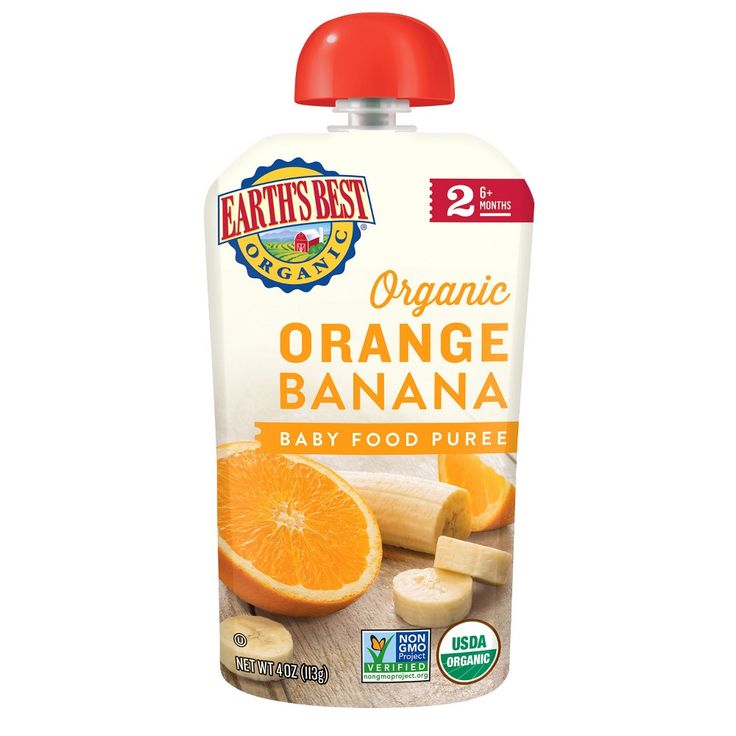
The height and weight of the baby does not necessarily determine its weight in the future, but it is important to control its nutrition. Set a good example for your child by eating nutritious foods themselves.
Literature available from the author at the American Medical Center in Moscow.
the optimal menu for an eight-month-old baby
01/29/2019
41
When my child was 8 months old, I began to be advised to make adult food the basis of his diet and reduce the number of feedings. But I decided to study the issue and share with you. Let's find out how the eating behavior of an 8-month-old baby changes.
Important foods for an eight-month-old baby
At this age, breast milk or formula is still the main food for a baby. Their volume will reach up to 700-900 milliliters per day. But adult food is still in second place, although the composition of complementary foods is already expanding.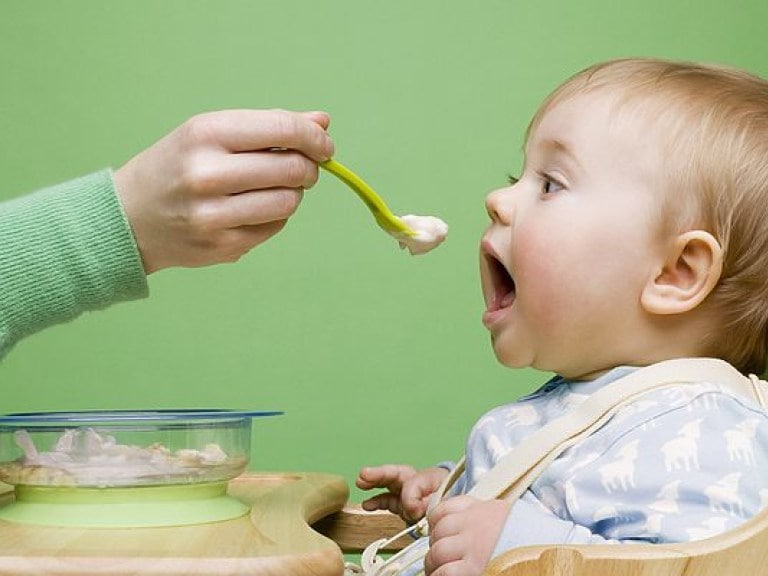 The child becomes more and more familiar with new tastes, he develops food interest.
The child becomes more and more familiar with new tastes, he develops food interest.
Let's see what can be added to the diet:
Cereals:
In addition to buckwheat, rice and corn, oatmeal is added. Also, a child can already try pasta and vermicelli for soups. But it is better to introduce bread not earlier than a year.
Vegetables:
Broccoli and cauliflower, spinach, green beans are added in addition.
Fruit
The child can already taste bananas, prunes, plums, peaches, nectarines and apricots.
Meat
Add turkey, rabbit, chicken and veal to your menu. But soups with meat broth should be avoided for the time being.
Eggs
Since eggs can cause allergies, the hard-boiled yolk is given a taste first. A whole egg can be given after a year.
Fish
This is a new food item. For an eight-month-old baby to get acquainted with fish, cod is suitable.
For an eight-month-old baby to get acquainted with fish, cod is suitable.
Butter
Choose butter, olive and sunflower oils.
Dairy products
Many mothers introduce them as early as possible to provide the baby with calcium. You can give pureed cottage cheese and yogurt.
Biscuits
Baby biscuits should be added in small portions if the child already chews well.
Drinks
In addition to breast milk or formula, offer your baby other liquids such as water, juice or compote.
How to cook and serve food
Cooked fruits and vegetables can be given to your child. We cook food mostly still in a soft and puree form. It is better to make porridge boiled to feed the baby.
At this age, the child begins to take food by himself and is already better able to chew. To practice these skills, offer food in the form of pieces so that he can take them by hand. For example, bananas, pasta, meat and vegetables. Never leave your baby unattended while feeding. Do not give grapes, raw carrots, raisins, as they are easy to choke on.
For example, bananas, pasta, meat and vegetables. Never leave your baby unattended while feeding. Do not give grapes, raw carrots, raisins, as they are easy to choke on.
Offer new food in the morning. And in the evening you can have the dishes familiar to the child.
A table with an example of what the daily menu of an 8-month-old baby might look like (suitable for both breastfeeding and IV):
Remember that this is just one example of nutrition at this age.
When introducing new products and monitoring the nutrition of an eight-month-old baby, be guided by the baby and his taste preferences.
Nutrition and sleep
Mothers often try to introduce complementary foods early, thinking that their child wakes up at night from hunger. They hope that giving solid food before bed will solve the problem.

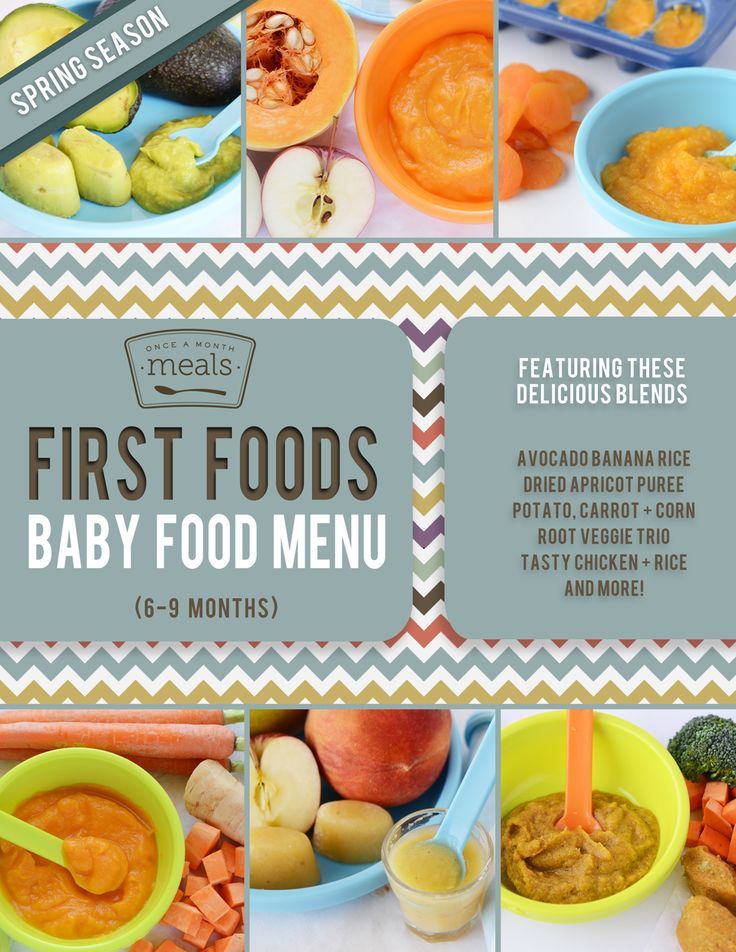 2*
2* 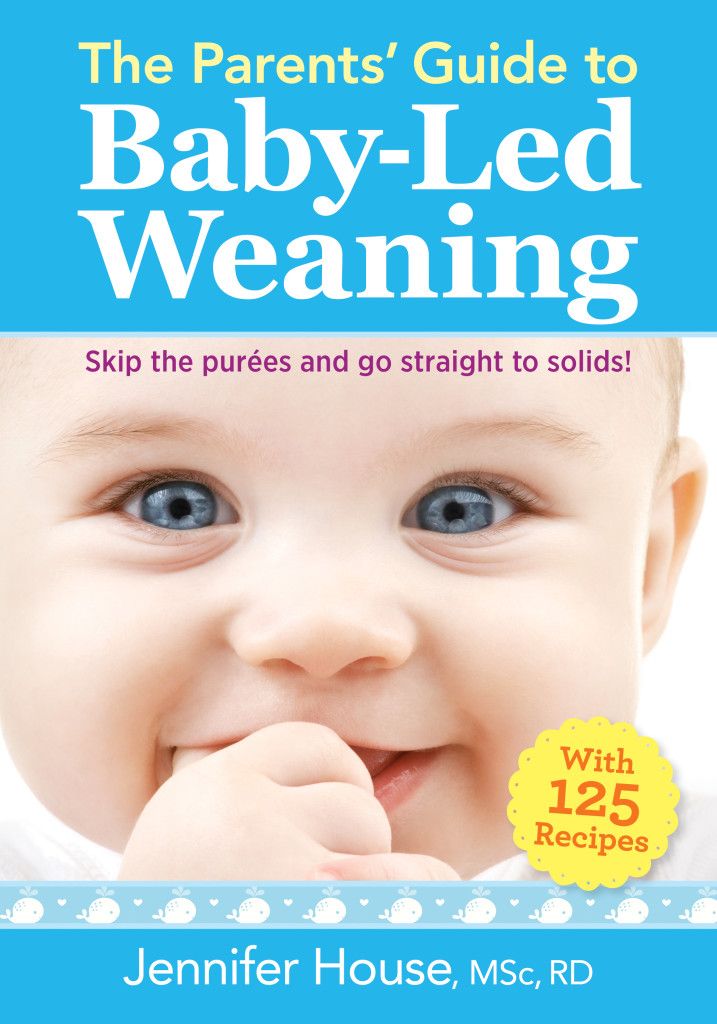 6
6  3-3.3
3-3.3 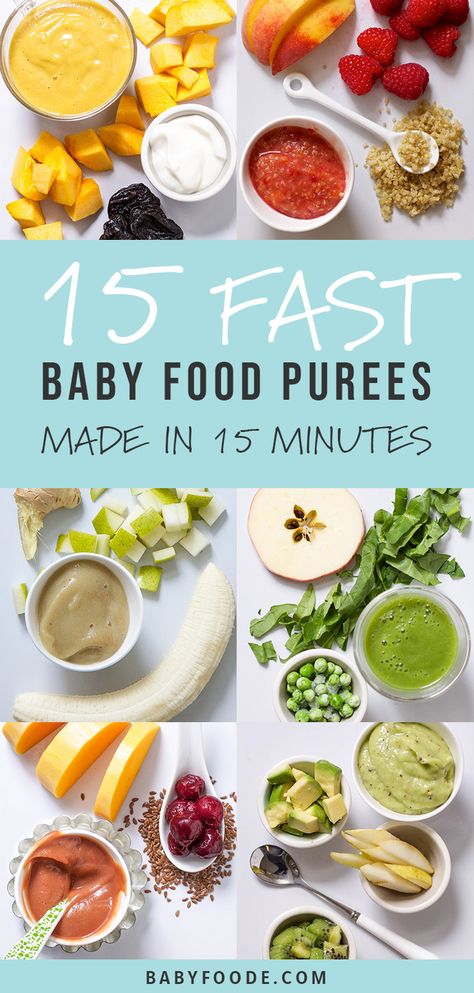 3
3 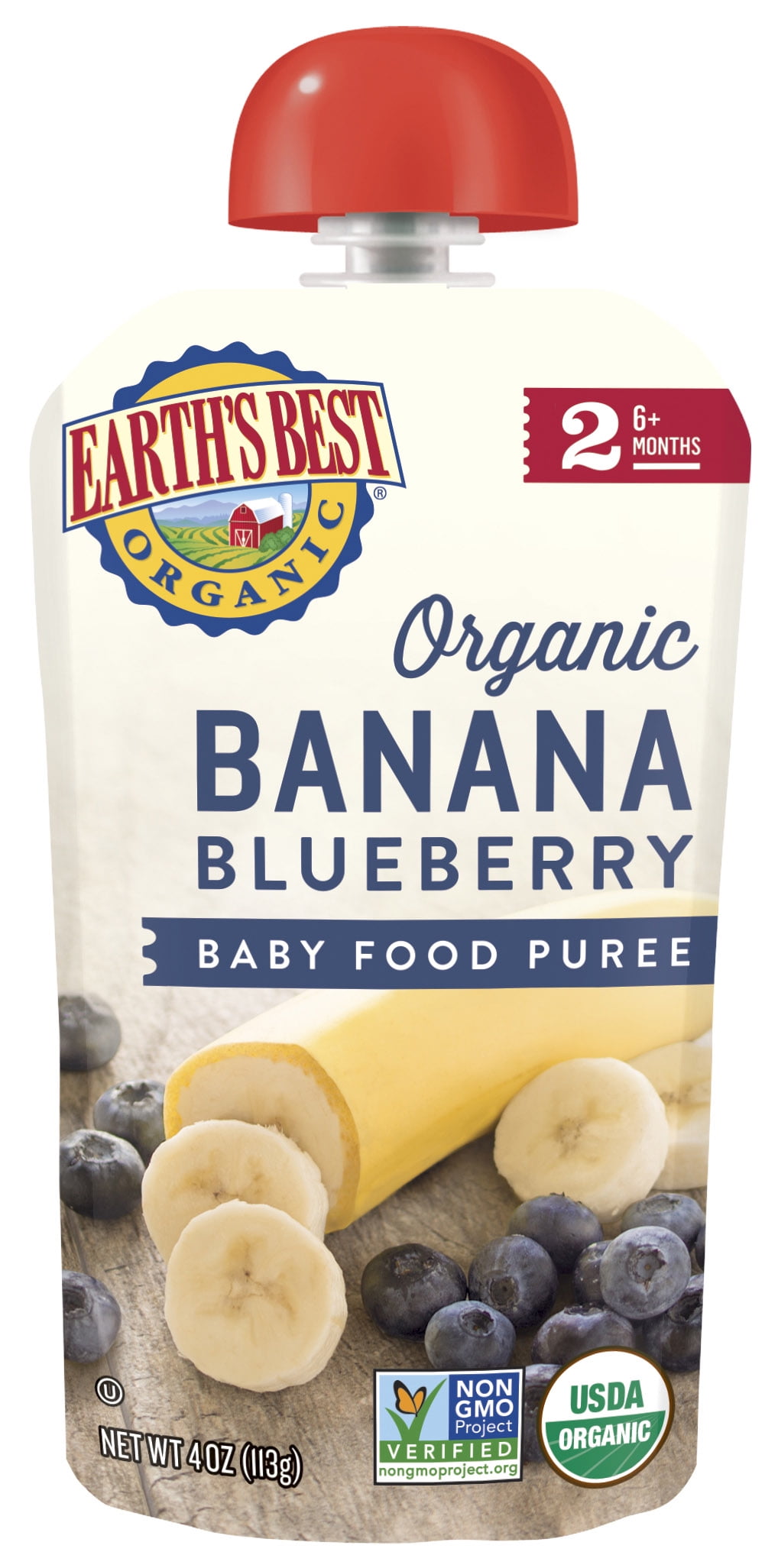 6–1.0
6–1.0  11
11  3
3 